|
In my home, one doesn’t need a special occasion or excuse to pop open a bottle of sparkling wine. And these days, the gentle sound of a cork being coaxed from a bottle of bubbly, is music to my ears! With the holidays upon us, having a few bottles of sparkling wine on hand will most certainly add a little sparkle to the festivities! And I highly endorse those occasional “just because” moments as well! Here are a few suggestions of sparkling wines from around the world ranging in price from $11 to $54.99 Casas del Mar Blanc de Blancs NV Cava Brut This Cava is produced by Casas del Mar estate located in Catalonia, Spain. It is a blend of 40% Xarello (from 70-year-old vines, 30% Macabeu and 30% Parallada. Grapes are harvested from the Penedès appellation in the Catalonia region. It is made using the Méthode Traditionnelle, the same method used in the Champagne district of France, where the second fermentation takes place in the bottle. This Cava is aged on the lees between 18 & 24 months before disgorgement. Nose: Apples, citrus and pleasant yeast aromas Palate: White stone fruit, melon, floral, and a touch of spice Alcohol: 12% SRP: $11 Roscato Rosso Dolce IGT This is a delicately sweet and refreshing wine from the Lombardy region in northern Italy and is produced in the Moscato d’Asti style. It is a blend of three indigenous grapes, Croatina, Teroldego and Lagrein, in addition to a few international grapes. Each variety is vinified separately before blending. It has a screw cap, no cork to pop, but it is still a festive wine to pour! Nose: Dark berries, cherry, red raspberry Palate: This wine is frizzante (gently sparkling wine) with notes of berries and has a nice balance between sweetness and acidity. Not only will it complement desserts, but this wine will also pair beautifully with spicy cuisine! Serve chilled. Alcohol: 7% SRP: $12.99 Domaine Bousquet Sparkling Rosé Brut NV The grapes for this rosé are harvested from vineyards in Tupungato, Alto Gualtallary in Argentina at the foothills of the Andes at 4000 ft. altitude. It is a blend of (organic) 75% Pinot Noir and 25% Chardonnay and made using the Charmat Method. Nose: Cherry, red berries, citrus, a touch of floral Palate: Strawberry, ruby grapefruit, red berries, delicate bubbles. Alcohol: 12.5% SRP: $13 Paul Cheneau Lady of Spain Cava Brut NV Giró Ribot is the producer of this wine located in the heart of the Penedès appellation in Catalonia, Spain. They own 247 acres of vineyards of the indigenous Macabeo, Xarel·lo and Parellada grapes, with which Cavas are produced. This wine is made using the Méthode Traditionnelle and is a blend of 45% Macabeo, 40% Xarel·lo and 15% Parellada. It is bottle aged for 12-15 months. Nose: Citrus, light peach, brioche Palate: Dry, fine and persistent bubbles, fresh fruit, stone fruit. Nicely balanced between acidity and alcohol with a long finish. This is an eye-catching bottle that doesn’t disappoint when opened. Alcohol: 12% SRP: $14.99 Côté Mas Crémant de Limoux Brut NV This sparkling wine is produced by Domaines Paul Mas located in the southern French region of Languedoc. The grapes for this wine are sourced from Crémant de Limoux appellation. It is a blend of 60% Chardonnay, 20% Chenin Blanc, 10% Pinot Noir, and 10% Mauzac. It is produced using the Méthode Traditionnelle. After primary fermentation, the “Liqueur de Tirage,” a blend of sugar and yeast, is added to the juice a few hours before bottling. After one year of aging, the lees are expelled and the “Liqueur de Dosage” is added and aged an additional twelve months. Nose: Apples, peaches, melon, honeysuckle Palate: Citrus, candied lemon, tart apple and crisp acidity with a touch of citrus zest on the finish. Alcohol: 12% SRP: $’’19.99 Bottega Gold Prosecco DOC NV This wine is produced by Bottega SpA, headquartered in Treviso in the Veneto region of northern Italy. 100% Glera grapes are hand-harvested from manually maintained and sustainable vineyards in Treviso Plains. It is produced using the Martinotti (Charmat, tank) method. “The gilded bottle also protects the wine from light, preserving the wine's clean and refreshing aromas.” Nose: Floral, apples and citrus Palate: Pear, apple, pink grapefruit, floral. Creamy mouthfeel, fine and persistent perlage with apples and a touch of honey lingering on the finish. Alcohol: 11% SRP: $32.99 Champagne Boizel Brut Réserve NV This Brut Réserve is produced by the Boizel House, established in 1834 and located in Épernay, in the heart of Champagne. The grapes for this cuvée is a blend of 55% Pinot Noir, 30% Chardonnay and 15% Pinot Meunier. “The still wines (vins clairs) from the year are blended with 30% of reserve wines kept from the previous two harvests, ensuring consistency. By using reserve wines within two vintages only, Boizel is able to preserve freshness in their wines, a signature trait of their winemaking style. “ The wine is aged for three years on its lees, in the bottle. Nose: Floral, white stone fruit, citrus and pastry Palate: Peach, apricot, toast, citrus notes, minerality, nice acidity and persistent mousse. Alcohol: 12% SRP: $49.99 Champagne Vollereaux Rosé de Saignée Brut NV Champagne Vollereaux produces this 100% Pinot Noir rosé. They are a sixth generation family winery located in Pierry, France. “Vollereaux is one of the very few champagne wineries to use the traditional saigne method of maceration for its Rosé Champagne, which involves bleeding off a portion of pink juice during red wine production (as opposed to blending red and white wine together). This process occurs after a short contact with the grape skins and seeds.” The juice spends three years on lees, more than twice the time required by appellation rules. Nose: Strawberry and juicy red berries, vanilla and bread dough.
Palate: Strawberry, kirsch and citrus mingle with berries and cream. It is dry with fine bubbles, vibrant acidity and a hint of brioche and minerality that linger on a long finish. Alcohol: 12% SRP: $54.99 Pair the above wines with your favorite cheese, desserts, and holiday meals, or enjoy as an aperitif. And if you are stuck on what to give the 21+ drinkers on your “holiday/birthday/just because” list, these wines make beautiful gifts! If you would like more information on the regions and wine production methods, please visit the menu on the right and click on the category of interest. Until next time… Cheers! Penina To leave a comment or if you have an inquiry, please contact me at [email protected] The “new norm” for socializing and engaging with friends and family for the past seven months has mainly been conducted online. This is also true for meeting with winemakers, participating in virtual wine tastings and experiencing life abroad while sitting in my living room. Recently, I took part in a virtual wine tasting and food pairing hosted by Italian winemaker Sandro Bottega, co-owner of Bottega SpA headquartered in Bibano, Treviso in the Veneto region of northern Italy. The company produces Prosecco DOC and grappa here. In addition, they have another winery in Conegliano for the production of Prosecco DOCG. Bottega also manages wineries in Valpolicella and Montalcino. Sandro is third-generation of this family-owned company founded almost 40 years ago by his father, Aldo Bottega, a Master Distiller. What began with the family’s forefathers in the 17th century through the 1920s working and cultivating the vines as tenant farmers, landowners and wine traders, eventually evolved over time with Aldo Bottega following his passion for making grappa. In 1977, Aldo established his own distillery, Distilleria Bottega. After Aldo’s passing in 1983, his son Sandro became the company director and together with his siblings Barbara and Stefano, the company has grown to include the production of sparkling and still wines and liqueurs. In 1992, Bottega released its first sparkling wine. The company manages several different brands, among which are Bottega sparkling wines, Alexander Grappa and Accademia. Bottega’s motto is “Fatto A Mano”, which means ‘handmade’. Their mission is to work and achieve the highest levels of quality, design and sustainability. Our wine tasting for the afternoon included sparkling wines, a chocolate liqueur and gin. The food was provided by igourmet.com All of the bottles are beautifully designed and made of hand-blown Venetian glass in Bottega’s glass factory. I asked Sandro what his motivation was for using Venetian glass for his products. Sandro said, “It is important to make a completely original product from the wine or grappa to the packaging in an expression of our territory and of our culture. Another important reason I use this glass is that I like it! In my company, everything I do is not only because it is a business, but it has to be first and foremost because I like it.” Academia Prosecco Rainbow Collection is a brand that celebrates the art of Venetian glassmaking and the city’s festive carnival atmosphere. Each bottle of this collection contains Prosecco DOC. There are eight colors to choose from (black and white bottles not shown in photo) and can be combined to “create a rainbow of emotions”. Mix and match to celebrate specific holidays or events. They make great gifts for the upcoming holidays! Prosecco Spumante DOC Brut 100% Glera grapes are hand-harvested from manually maintained and sustainable vineyards in Treviso Plains. The wine is produced using the Martinotti (Charmat, tank) method. The color of this sparkling wine is pale lemon with lovely aromas of floral, apples and citrus. It is fresh and lively with flavors of apple, pear, pink grapefruit and a touch of floral. It has a creamy mouthfeel, fine bubbles and apples lingering on the finish. This wine was paired with a variety of cheeses, cold cuts, olives and pesto crackers. Alcohol: 11% SRP: $17.99 Il Vino dell’Amore Petalo Moscato Spumante Dolce 100% Moscato grapes are hand-harvested from vineyards in the Euganean Hills of Veneto. These hills contain volcanic soil, rich in potassium and alkaline soil that contributes good acidity, minerality and higher sugar content. The wine is produced using the Martinotti (Charmat, tank) method. The color is golden with a consistent and fine perlage. Classic aromas of apple, peach and rose mingle with fruity notes. On the palate, this refreshing sparkling wine offers honeysuckle, apricot, white stone fruit and a touch of minerality, balanced nicely with good acidity and sugar. It was paired with aged cheese, Gouda, pumpkin butter and water crackers. Simply divine! Alcohol: 6.5% SRP: $15.99 Gianduia Chocolate Cream Liqueur Gianduia chocolate was created in Piedmont in 1806 and has a unique bouquet of cocoa and nuts. Gianduia Bottega is a unique liqueur made with Bottega’s premium Alexander grappa from the Veneto region and Gianduia Chocolate. Grappa is mixed with milk cream (sourced from Alpine cows that only eat grass) that is homogenized and filtered to remove the fats. It is then mixed with sugar, chocolate and hazelnut paste. Heavenly aromas of cocoa and nuts segue onto the palate for a creamy and most inviting experience. Rich hazelnut flavors and cocoa contribute to this decadent liqueur and is best served cold. Sandro likes to drink this neat. However, it can be poured over ice, served over ice cream, with fruit, in a cocktail, or in your coffee. This liqueur was paired with a pumpkin spice truffle bar, dark chocolate bar and Biscotti. Alcohol: 17% SRP: $24.99 Bacur Gin This dry gin is certainly eye-catching with its unique metallic copper bottle. Italy is one of the largest producers of juniper, especially around Tuscany. And considering it is the main ingredient in gin, it was a simple leap for Bottega to produce gin. The other ingredients are pure grain, water from the Italian Alps, sage leaves from the Veneto countryside and Sicilian lemons.
This gin has aromas of sage, juniper and citrus notes that segue onto the palate mingling with a hint of perfume and lemon zest. It is smooth and delicate. I consider this a sipping gin, but I’m sure that it will spice things up when added to cocktails. Alcohol: 40% SRP: $39.00 If you would like to learn more about the grapes, regions, territories and production methods mentioned in this story, please click on the topic of interest to the right of this page. Until next time… Cheers! Penina To leave a comment or if you have an inquiry, please contact me at [email protected] About 26 miles north of the Treviso airport in the Veneto region of Italy are the small and picturesque towns of Conegliano and Valdobbiadene. These towns are the home of Conegliano Valdobbiadene Prosecco DOCG and Prosecco Superiore DOCG where some of the finest Prosecco is made from the Glera grape variety. Conegliano Valdobbiadene has ancient origins of vine growing dating back to the Roman Empire, but the first written documentation of connecting Prosecco to this area is 1772. The DOC was established here in 1969 and the historic production of Prosecco has been limited to 15 communes. In 2009, Conegliano Valdobbiadene Prosecco DOCG certification was issued. In 2019 the Prosecco hills of Conegliano-Valdobbiadene were recognized as a UNESCO World Heritage Site. It is a countryside filled with hills and rolling slopes rising up from the Piave River. From early origins, a glacier slid down from the Dolomites and came to rest in a valley that eventually became the riverbed of the Piave. The river begins in the Alps and flows into the Adriatic Sea. The local soil is attributed to this glacier and can vary depending upon the slope of the hill. Some areas contain rock, sand, clay and iron oxides. In areas unaffected by the glacier, the soils contain marls and sandstone and are less deep and more porous. Because Conegliano Valdobbiadene is situated between the sea and Pre-alps, the area experiences a mild climate with constant breezes. Vineyards have great sun exposure and benefit from the altitude and broad differences between day and night temperatures. The slopes, micro-climate, sun exposure and various soils make this an ideal setting for growing Glera grapes and producing sparkling wine. Between the hills of Valdobbiadene are the vineyards of Valdobbiadene DOCG and Valdobbiadene Superiore di Cartizze DOCG. Also situated among these hills is Col Vetoraz, a winery with a family history that goes back 182 years. In 1838 the ancestors of Francesco Miotto settled on Col Vetoraz located on the highest peak of the Cartizze Hills of Valdobbiadene and began growing vines. During WW1 the vineyards were damaged from bombing and so the Miotto family began the repair and growing of the vines again. In 1980, at the age of 29, Francesco Miotto took over the company when his father died. He started producing sparkling wines using the traditional natural fermentation “Col Fondo” ('with the bottom' in Italian) method where the second fermentation takes place in the bottle. But unlike Metodo Classico (Champagne/traditional method) there is no disgorgement or filtration so the sediment/lees remain in the bottle. However, most of Col Vetoraz wines are produced using the Charmat method. (Second fermentation takes place in steel pressure tanks) In 1993, Francesco joined forces with Paolo De Bortoli (agronomist) and Loris Dall’Acqua (winemaker) and founded Col Vetoraz Spumanti. They only produce Valdobbiadene DOCG and Cartizze DOCG wines which they consider unique expressions of their roots. The philosophy that guides Col Vetoraz is “We follow a method that preserves the expressive integrity of the fruit; this is the only way to obtain the natural balance and harmony that the vine has given us”. This philosophy and respect for “the raw material and the highest quality” is expressed in the elegance of their sparkling wines. Col Vetoraz wines are not treated in any way, not even with fining agents. “This safeguards the integrity of the aromas and structure of the original fruit, developing a natural roundness and creamy, full-bodied creamy effervescent mouthfeel.” I noticed that none of the samples I received had the word “Prosecco” on it. Col Vetoraz provided me with an answer. “Col Vetoraz has such a deep bond with the territory that it rebelled against a choice made in 2009 when “Prosecco” became an appellation extended to nine provinces between Veneto and Friuli. The simple distinction between "Prosecco" (the wine produced in those territories created in 2009) and "Prosecco Superiore" (the wine produced on the historical hills of Valdobbiadene and Conegliano) has ceased to convey the age-old history and winemaking vocation of the hills of Valdobbiadene and Conegliano. For this reason, we believe it is fundamental to begin a new, different type of communication, in which the wine’s territorial identity is extremely clear and unmistakable. Beginning with the 2017 vintage, Col Vetoraz has decided to remove the word “Prosecco” from all of its labels and all communications media, using just the denomination "Valdobbiadene DOCG" - our wines’ true and unique territorial identity.” All of the following wines are made with 100% Glera grapes, using the Charmat method. Due to the steeply sloping hills, all work and harvesting are done by hand. Valdobbiadene DOCG Brut 2019 A dry and savory wine with aromas of floral, pear, apple and peach. Palate offers rose petals, apple and white stone fruit with fine and creamy bubbles. Alcohol: 11.5% SRP: $20-$22 Valdobbiadene DOCG Extra Dry 2019 This is a lovely dry wine with fruit and floral aromas. The palate offers delicate notes of peach, pear and apple with a creamy mouthfeel and a dash of citrus. Alcohol: 11.5% SRP: $20-$22 Valdobbiadene DOCG Millesimato Dry 2019 Delicate aromas of floral, citrus, pear and apple segue onto the palate with notes of apricot and white stone fruit. Fine and persistent bubbles are nicely balanced with subtle sweetness and a fresh mouthfeel. Alcohol: 11.5% SRP: $28-$30 Valdobbiadene DOCG Extra Brut Cuvée 5 2019 This wine is a lovely blend of grapes selected from five vineyards. Although it is very dry, the wine still expresses a fresh and fruity palate. Aromas of pear, apple and citrus notes spill onto the palate with fine bubbles and creamy mouthfeel. Alcohol: 11.5% SRP: $28-$30 Valdobbiadene DOCG Extra Dry Cuvée 13 2019 This is a blend of grapes selected from 13 vineyards. A subtle bouquet of floral, citrus and white stone fruit opens to a dry but pleasing palate of floral, pear, peach and citrus. It has a creamy and persistent perlage with a lengthy finish. This wine is fresh and vibrant. Alcohol: 11.5% SRP: $28-$30 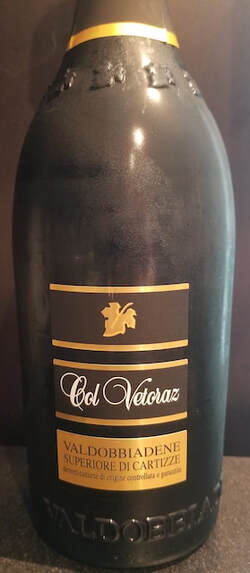 Photo credit: Penny Weiss Photo credit: Penny Weiss Valdobbiadene Superiore di Cartizze DOCG 2019 The grapes for this wine are sourced from the steepest hills of Col Vetoraz and Mont in the well-known Superiore di Cartizze DOCG area. Succulent aromas of white flowers, fresh fruit, citrus and apples open to an elegant palate of pear, sweet apples, peach and a trace of citrus on the finish. A delicate acidity blends beautifully with a velvety mouthfeel and fine perlage. Alcohol: 11.5% SRP: $45 All of these wines can be enjoyed as an aperitif or paired with light fare such as shellfish, grilled fish and appetizers. As of now, only the following wines are available in the United States: Valdobbiadene DOCG Brut Valdobbiadene DOCG Millesimato Valdobbiadene Superiore di Cartizze DOCG It was a treat to taste these wines and be momentarily transported back to a magical trip that I took to Conegliano Valdobbiadene two summers ago. Until next time…
Cheers! Penina To leave a comment or if you have an inquiry, please contact me at [email protected] If you are searching for red, white and sparkling wines to serve this summer, look no further. This trifecta of easy-drinking wines will certainly put a smile on your face and entertain your palate. These wines are produced by Pasqua Vigneti é Cantine located in Verona, Italy. In January of 2019, I had the pleasure of dining with Riccardo and Alessandro Pasqua, who represent the third-generation of this family-run winery. And ever since then, I have been reviewing and enjoying their collection of wines. Please click on the menu at right to read reviews and learn about the history of this winery. As I’m sure you know, Verona is renowned as the setting for Shakespeare’s Romeo and Juliet. The label for Pasqua’s Romeo and Juliet PassioneSentimento and Prosecco was inspired by Shakespeare’s star-struck lovers and is a tribute to “all great passions, just like our family’s passion for wine”. The label is a photograph of the messages left daily by visitors that are posted to a 20-foot wall outside of Juliet’s house on Cappello Street in Verona. Riccardo and Alessandro felt “it was important for the label to equate Verona with Italy”. And when it comes to making these wines, Pasqua is definitely showing lots of creativity in the winemaking process. Alessandro said, “The Rosso breaks about 10 rules!” Romeo & Juliet PassioneSentimento Bianco, Veneto IGT 2018
This wine is made from 100% Garganega grapes. Using the appassimento technique, the grapes are left to dry for a short time in crates to enhance the sugar and floral aromas prior to maceration and fermentation. Part of the wine is aged for a few months in French oak and then blended. Lovely floral aromas mingle with notes of citrus, peach and pear that continue onto the palate with stone fruit, and a hint of apricot and melon. This wine is dry and quite refreshing with good structure, crisp acidity and a lingering finish. Serve as an aperitif or with light fare. Alcohol: 13% SRP: $16 Romeo & Juliet PassioneSentimento Rosso, Veneto IGT 2017 This wine is a blend of 40% Merlot, 30% Corvina and 30% Croatina grapes that are hand-harvested from the eastern area of Valpolicella. Like the Bianco, this is an appassimento-style wine. After harvesting, the grapes are dried in wooden crates for a few months to achieve a high sugar concentration. Because the grapes have different aging times, vinification takes place separately in steel tanks and then is blended and aged in oak barrels for three months. Alessandro Pasqua says, “This is a fun wine, inside and out”. This wine starts with a heady bouquet of berries, rose and baking spice. The palate is layered with juicy cherry notes, plum, pomegranate, anise and a hint of chocolate and spice that lingers on a long finish. It is dry and beautifully balanced with silky tannins. Serve with grilled meat, game, stews and aged cheese. Alcohol: 14% SRP: $16 PassioneSentimento Prosecco Treviso Spumante Brut, DOC This sparkling wine is made with 100% Glera grapes harvested from vineyards in the premium Conegliano subzone of Treviso. It is made using the Charmat method where the second fermentation takes place in large stainless steel tanks. What makes this Prosecco different is that the wine remains in the tank for 60 days, which is double the aging period typically identified with Prosecco production. The result offers a much finer and more elegant perlage. This Prosecco is quite aromatic with fresh fruit, pear and a touch of floral. The palate offers pear and green apple with a hint of minerality and citrus zest on the finish. This is a refreshing and balanced wine with persistent bubbles and crisp acidity. Serve as an aperitif or with appetizers or shellfish. Alcohol: 11% SRP: $16 I think you will find these wines suitable for just about any occasion. And the quality to price ratio is impressive! Until next time! Cheers! Penina To leave a comment or if you have an inquiry, please contact me at [email protected] The holiday festivities have begun and I’ve heard a lot of corks popping lately, which is always music to my ears! Champagne and sparkling wines have always been considered the “go-to” drink for celebrations. But they have evolved into wines that are now enjoyed all year long and not just for special occasions. There are numerous styles to choose from that are produced in wine regions all around the world such as the popular Italian Prosecco, Spanish Cava and Sekt from Germany. To kick off the holiday season, I received a variety of six sparkling wines for review. I’m all about the bubbly, so I was happy to oblige! Charles Heidsieck founded his own Maison in 1851 in Reims, France and he is credited for introducing and popularizing Champagne in the United States. After visiting New York and New England in 1852, he realized the great potential for selling his Champagne in America. A massive import of his wine was met with great success and he achieved record sales. Charles Heidsieck Brut Réserve NV This champagne is summarized as an equation: 60/40/10 and expresses the quintessence of its style. 60: the number of crus in the blend (1/3 Chardonnay, 1/3 Pinot Noir, 1/3 Meunier) vinified cru-by-cru, varietal-by-varietal in stainless steel vats. 40: a high proportion of 40% reserve wines equally divided between Chardonnay and Pinot Noir. 10: average age of 10 years for the reserve wines. Aging takes place in chalk cellars. A golden color and fine bubbles lead to a complex and elegant nose of brioche, pear, white flowers and a hint of apricot and citrus. The palate is rich with white fruit, toast and tart baked apples, with hints of cherry, citrus, toasted nuts and vanilla. It has good acidity and a creamy texture with a long, lush finish. Alcohol: 12% SRP: $69 Piper Sonoma is located in Sonoma, CA in the Russian River Valley region. It was founded in 1980 by Marquis d’Aulan. They have been producing sparkling wines for almost 40 years using the classic Méthode Traditionnelle technique to make the wines. Each vineyard lot is hand-harvested, fermented and aged separately. The wines are produced in Healdsburg under the guidance and expertise of winemaker, Keith Hock. Piper Sonoma Brut NV This sparkling wine is a blend of 70% Chardonnay, 20% Pinot Noir, 3% Pinot Blanc and 7% aged Reserve Blend. This wine is pale lemon with fine and persistent bubbles. Aromas of brioche, orchard fruit, pear and citrus segue onto the palate with notes of berries and clementine. It has a fresh and smooth mouthfeel with a long and delightful finish. Alcohol: 13.5% SRP: $22 Piper Sonoma Blanc de Blancs NV This is a new blend for this wine made of 75% Chardonnay and 25% Pinot Blanc. This wine is a soft straw color with fine bubbles and a lovely combination of aromas that include citrus notes, floral and tart apples. This dry and lively wine is creamy in texture with great acidity and notes of brioche, apples, citrus and a touch of vanilla. Alcohol: 12.9% SRP: $22 Piper Sonoma Brut Rosé NV This rosé is a blend of 53% Chardonnay, 39% Pinot Noir, 6% Pinot Blanc and 2% aged Reserve Blend. This is a fresh and aromatic dry sparkling wine that has inviting aromas of berries, floral and citrus. Fine bubbles give way to flavors of strawberry, cherry, citrus and a hint of toast. It is nicely balanced with crisp acidity and a creamy mouthfeel. Alcohol: 12.6% SRP: $22 Known in the wine industry as the Tuscan renegade, Bibi Graetz has managed to become one of Italy's most ingenious winemakers adding "cult winemaker" in addition to "talented abstract artist" to his dossier. His first wines were released in 2000 and his bio reads like a movie script. (More to follow in another post) Bibi Graetz Bollamatta Spumante IGT NV Bollamatta is a sparkling wine made with 100% Sangiovese grapes sourced from Bibi’s 50 to 80-year-old vineyards spread across Tuscany. Bollamatta means “crazy bubbles” in Italian. The wine is produced using the Charmat method with five months on the yeasts. It is aged on the lees in stainless steel. The wine is soft pink in color with an abundance of fruit and floral on the nose. The palate offers strawberry, cherry, stone fruit, bread and citrus. Fine bubbles and crisp acidity make this a “crazily” refreshing wine! Alcohol: 12.5% SRP: $26 Villa Sandi dates back to 1622 and is located in Northeastern Italy in the heart of the Prosecco area at the foot of Valdobbiadene Prosecco DOCG hills. The estate is owned by the Moretti Polegato family and has been in the family for many generations. Villa Sandi Il Fresco Brut Prosecco DOC NV The grapes for this wine come from Treviso, the heart of Prosecco. It is a blend of Glera, Chardonnay and Pinot Blanc. After fermentation, the sparkling wine spends two months on lees before bottling. This is a light and fun sparkling wine with vibrant aromas of honeysuckle, stone fruit and apples. The palate offers citrus, apple, honeydew melon and a touch of minerality. This wine is well balanced with just the right amount of acidity.
Alcohol: 11% SRP: $16 All of the above sparkling wines will drink beautifully as an aperitif and are easy to pair with a wide variety of cuisine. These are perfect wines to serve over the holidays, but they are great to drink all year long! Until next time… Cheers! Penina To leave a comment or if you have an inquiry, please contact me at [email protected] With my family coming for Thanksgiving dinner, I made sure to have an assortment of wine and spirits on hand to please every palate. My menu this year strayed from tradition as I felt it was necessary to forge a new path with healthier cuisine. Granted, not everything I prepared was free of calories and carbs, but at least I was able to control the ingredients. We enjoyed fresh spinach lasagna, roasted brussel sprouts with cranberries, homemade peasant bread, tossed salad and corn salad in lime juice. The grand finale was key lime pie and fresh fruit. I started off the festivities by pouring a glass of Prosecco for everyone, never anticipating that my guests would choose to continue drinking it throughout the meal! These bottles of sparkling wine almost upstaged my meal as they were met with much enthusiasm and enjoyment. Every palate was sated and we never opened any still wine. Some of the best Prosecco comes from Glera grapes grown in the small towns of Conegliano and Valdobbiadene, the home of Prosecco Conegliano Valdobbiadene DOCG. Because Conegliano Valdobbiadene is situated between the sea and Pre-alps, the area experiences a mild climate with constant breezes. Vineyards have great sun exposure and benefit from the altitude and broad differences between day and night temperatures. The slopes, micro-climate, sun exposure and various soils make this an ideal setting for growing Glera grapes for the production of Prosecco. PassioneSentimento Prosecco Treviso Spumante Brut, DOC is produced by Pasqua Vigneti é Cantine located in Verona, Italy. This Prosecco is made with 100% Glera grapes grown in vineyards in the premium Conegliano subzone in Treviso. It is made using the Charmat method where the second fermentation takes place in large stainless steel tanks to trap carbonation in wine. Whereas, in the méthode Champenoise, the second fermentation happens inside the individual bottles in which the wines are sold. This wine is quite aromatic with fresh fruit, pear and brioche. The palate offers pear, apple, a hint of slate and lemon zest on the finish. This is a fresh and balanced wine with tiny bubbles and lovely perlage. Serve as an aperitif or pair with fish, pasta and white meats. Alcohol: 11% SRP: $16 To learn more about Pasqua Vigneti é Cantine please read my story at: https://www.thewineknitter.com/the-journal/category/pasqua-vigneti-e-cantine Nino Franco Prosecco Rustico Valdobbiadene Superiore DOCG Nino Franco Winery is family owned and now in its fourth generation of producers. The winery is located in Valdobbiadene at the foot of the Prealps and was founded in 1919 by Antonio Franco. They are one of the oldest wineries in Valdobbiadene and they are celebrating their 100th year! This wine is 100% Glera grapes harvested from vineyards in Valdobbiadene DOCG. The second fermentation takes place in “cuve close”. (Tank method). Intoxicating aromas of floral, pear, white stone fruit and a hint of citrus segue onto the palate with hints of tart apple and white peach. Lively fruit, fine and persistent bubbles along with a creamy mouthfeel and vibrant acidity, make this sparkling wine irresistible. Serve as an aperitif or pair with appetizers, fish, roasted veggies and pasta. Alcohol: 11% SRP: $19 So, the next time you’re perusing the sparkling wine section, pick up a bottle or two of Prosecco from the “home of Prosecco in Conegliano and Valdobbiadene. I am taking a short break and will return the week of December 8th. If an impending snowstorm doesn’t thwart my travel plans, then I am off to Italy in two days. I will be exploring the sparkling wines of Asti D.O.C.G, BRACHETTO D’ACQUI d.o.c.g., FRANCIACORTA d.o.c.g. and Custoza D.O.C. I will have lots to share with you upon my return. In the meantime, watch for my posts on social media! Until next time…
Cheers! Penina To leave a comment or if you have an inquiry, please contact me at [email protected] Veneto is a beautiful region in the northeastern part of Italy. With the eastern Dolomite Mountains, Carnic Alps, Venetian Pre-alps and the Adriatic Sea as its backdrop, the landscape just doesn’t get any better or more dramatic. It is simply breathtaking at every turn. The Veneto region is filled with small historic towns, hamlets, ancient castles and is home to the famous cities of Venice, Verona, Padua and Treviso. With a population of just under five million, Veneto is the 5th largest region in Italy. About 26 miles north of the Treviso airport are the small towns of Conegliano and Valdobbiadene, the home of Prosecco Conegliano Valdobbiadene DOCG, where some of the finest Prosecco is made. The area is also called Prosecco Superiore DOCG. Conegliano Valdobbiadene has ancient origins of vine growing dating back to the Roman Empire, but the first written documentation of connecting Prosecco to this area is 1772. With the D.O.C. being established here in 1969, historic production of Prosecco has been limited to 15 communes. In 2009, Conegliano Valdobbiadene Prosecco Superiore DOCG certification was issued. It is a countryside filled with hills and rolling slopes rising up from the Piave River. From early origins, a glacier slid down from the Dolomites and came to rest in a valley that eventually became the riverbed of the Piave. The river begins in the Alps and flows into the Adriatic Sea. The local soil is attributed to this glacier and can vary depending upon the slope of the hill. Some areas contain rock, sand, clay and iron oxides. In areas unaffected by the glacier, the soils contain marls and sandstone and are less deep and more porous. Because Conegliano Valdobbiadene is situated between the sea and Pre-alps, the area experiences a mild climate with constant breezes. Vineyards have great sun exposure and benefit from the altitude and broad differences between day and night temperatures. The slopes, micro-climate, sun exposure and various soils make this an ideal setting for growing Glera grapes for the production of Prosecco Superiore. In 1946, Epifanio Dal Bianco founded Masottina Winery located in Conegliano. Realizing the potential of the land, he expanded the family’s vineyards year by year. His eldest son Adriano and wife Franca and two brothers, Valerio and Renzo joined Masottina, advancing the company into the world of production. Adriano became an oenologist, graduating from Conegliano Oenological School where he learned the skills needed to take Masottina to a “cutting-edge, world-renowned” winery. Adriano remains CEO and winemaker and his wife Franca takes care of administration. Renzo is head of vineyards management Adriano’s three sons represent the third generation, with Filippo as sales manager for the Domestic Market and a few International Markets, Frederico as Marketing & Sales Manager and Edoardo who takes care of the production system. The family’s experience, work ethic, love of the land and passion for quality is evident in the wines they produce. Masottina has about 300 hectares of vineyards of which half are located in the historical Conegliano Valdobbiadene DOCG, including the area in the Rive of Ogliano, where Masottina produces their most elegant and expressive wines. Ogliano is in the easternmost hills of Conegliano and “Rive” refers to the most prized position on the hill. Below is a slideshow of Masottina and its breathtaking views. Masottina introduced “Rive di Ogliano” wines in 2009. The grapes are hand harvested and originate from only one location. Vintage and harvest location are indicated on the labels. “Contrada Granda” Rive di Ogliano Brut “Le Rive di Ogliano” Rive di Ogliano Extra Dry Some of Masottina’s other sparkling wines are: Conegliano Valdobbiadene Prosecco Superiore DOCG Brut, Extra Dry and Brut Biologico. Prosecco Doc Treviso Brut, Extra Dry and Prosecco Doc Brut Biologico Cuvée Rosé Extra Dry I have written several stories about the sparkling wines from Conegliano Valdobbiadene DOCG and I always enjoy drinking the wines from this area. However, I am in awe of how Masottina has taken Prosecco to another level. The wines are intensely aromatic with a wide range of flavors including citrus, tropical fruit, stone fruit, spice, floral and mineral. From the entry-level wines to the more complex Rive de Ogliana wines, each style is unique and expressive. And whichever Masottina sparkling wine you choose, it is the right choice! In addition to sparkling wine, Masottina also produces a small range of still wines under the label “Ai Palazzi” from their estates in the Colli di Conegliano and Tenuta Ai Palazzi, located in the province of Treviso. Masottina wines range in price from approximately $15 to $30. For more information about Masottina, their complete wine collection and availability of wines in your area, please visit: http://www.masottina.it Venice is approximately 39 miles south of Conegliano and a trip to Veneto would not be complete without visiting the “city of canals”. A private water taxi whisked us off for an enchanting afternoon and evening in Venice. We dined at a beautiful restaurant with our host Frederico Dal Bianco and tasted more of Masottina’s impressive wines. It was a very overcast day, but Venice never looked more beautiful to me! On our final day in Veneto, we toured the areas of Conegliano and Valdobbiadene, stopping to see historic sites that included Molinetto Della Croda, a 17th-century water mill and Abbazia Cistercense Santa Maria di Follina that dates back to the 12th century. The slideshow below depicts aspects of the tour including photos from our stay in the town of Conegliano. And yes, here is a sampling of the amazing food we had while in Veneto. As you can see, Veneto has much to offer and I can’t wait to return!
Grazie to the Dal Bianco family for your generous hospitality and for sharing your exceptional wines! Cheers! Penina All photos by Penny Weiss To leave a comment or if you have an inquiry, please contact me at [email protected]  The focus this past Sunday was on moi! My sons came for a visit to celebrate Mother’s Day. Rather than go out to a restaurant, I decided to make lunch for everyone. The lunch menu was grilled chicken tossed with arugula, romaine, sweet corn, avocado, tomatoes, cucumber and tomatoes. It was served with homemade French bread and fresh mozzarella drizzled with balsamic glaze and basil from the garden. To accompany the meal, I opened Stella Prosecco DOC, a light and refreshing sparkling wine. The wine is made with 100% Glera grapes grown in the Veneto region of Italy. The vineyard was planted in 1986 and winemaker Danilo Chini oversees the production. The fruit remains on the lees a total of 30 days with fermentation taking place in steel tanks. The wine is a light straw color with aromas of soft fruit, pear and apples. The palate offers fine bubbles, pear, green apple, white floral and subtle citrus flavors on the finish. This is an easy wine to drink with a perfect balance of sweet and dry. Serve it as an aperitif or with light fare. Alcohol: 11% SRP: $15 I’m off to Greece tomorrow for a great wine tasting! Until then…
Cheers! Penina To leave a comment or if you have an inquiry, please contact me at [email protected] My last post took us to Valdobbiadene, a town in the province of Treviso, in northeast Italy, which is the heart of the “world of Prosecco”. Before we leave this beautiful and historic region, I ‘d like to talk about a noteworthy wine producer. A few months ago I was introduced to David Noto, the owner and importer of Altaneve. One of David’s first questions to me was “do you like Prosecco?” “Indeed”, I answered. “Well then, you must try my wines”. And, after an animated exchange and swapping of business cards, David sent me a few bottles of his sparkling wine. David comes from an Italian winemaking family that stretches over 10 generations. Breaking with tradition, his grandfather moved the family from Calabria to Genoa in the early 1900s so that David’s father could live a more metropolitan lifestyle and receive a broader education. His father graduated college with an engineering degree, moved to NY and became well known for building skyscrapers. David, who was born in NYC, followed in his father’s footsteps, earning a mechanical engineering degree. In addition to his European community and NY projects, David has an impressive resume that includes an MBA from Columbia Business School. Although David and his father diverged from the family roots of winemaking, David became an expert on Prosecco. When he returned to New York in 1999, David soon discovered that he couldn’t find quality Prosecco locally. With winemaking in his DNA and his knowledge of this sparkling wine, it was a natural segue for David to direct his time and energy towards making a worthy wine to introduce to NY and beyond. So, David returned to Italy in pursuit of land and vines to make Prosecco. He went straight to Prosecco Superiore D.O.C.G. region, specifically Valdobbiadene where grapes for winemaking have grown for over 2000 years. The name Altaneve literally means “high snow” in Italian. With a backdrop of the snow-capped peaks of the Dolomite Mountains and temperate microclimate, Glera grapes grow here on steep vineyards in soils of clay, limestone, marl and marine sandstone. Above photos courtesy of Altaneve Altaneve was launched in May, 2013. Altaneve is a reflection of David’s desire to produce high-quality sparkling wines. He works with a top team of winemakers and agronomists to produce these elegant and delicate wines. And although David lives in New York, he travels several times a year to visit his land in Valdobbiadene. Altaneve Prosecco Superiore D.O.C.G is 100% Glera grapes that are handpicked and hand selected from Valdobbiadene. The color is pale straw with a beautiful floral bouquet, pear and hints of stone fruit. Fine perlage, creamy texture and subtle layers of white flowers, pear and honeydew melon delight the palate. Crisp and balanced with a hint of lemon zest on the finish. Serve as an aperitif or with light food. Alcohol: 11.5% SRP: $30 Altaneve Rosé is 70% Pinot Nero and 30% Glera The Glera grapes are grown in Valdobbiadene and the Pinot Nero grapes are grown in Oltrepò Pavese in the Lombardy region. The color is soft salmon with delicate aromas of red berries and floral. The palate offers a fine perlage and soft foam with strawberry, floral and a touch of zest on the finish. Beautifully balanced, crisp and elegant. This wine will pair well with almost any style of food. Alcohol: 11.5% SRP: $33 The wines of Altaneve are a treat and I look forward to tasting more of these sparkling wines. If you’ve never been “moved” by Prosecco, I urge you to try Altaneve. The wines will seduce your palate and give new meaning to the word “Prosecco”. Bravo, David!
Cheers! Penina To leave a comment or if you have an inquiry, please contact me at [email protected] Situated in the heart of Prosecco DOCG are the hills of Santo Stefano di Valdobbiaden where some of the best Prosecco is produced. Valdobbiadene is a town in the province of Treviso, Veneto, in North-east Italy. It is considered the heart of the world of Prosecco. Glera grapes grow in abundance here exposed to a temperate climate with soils of clay, limestone, marl and marine sandstone, which make an ideal stage for producing this sparkling wine. Val Divina is located in the hamlet of Santo Stefano Valdobbiadene. The Adami family has its roots in the hamlet dating back to the great-great- grandfather Abele who is said to have produced the first “Vin Col Fondo” in the district. The Col Fondo style is sparkling wine that finishes fermenting in the bottle. In the early 1970s, Abele’s nephew Abel and his wife Elisa founded a small farm in the hamlet called Valdivina. Val Divina Prosecco DOC Treviso is an extra dry sparkling wine. It is made with 100% Glera grapes. The Charmat method is used to make this wine in which secondary fermentation takes place in steel autoclave tanks. The wine is light yellow with aromas of soft fruit, floral and citrus. It has a beautiful creamy and frothy mouthfeel with delicate flavors of pear, apple, pink grapefruit and stone fruit. This a fresh and engaging sparkling wine. Serve with light pasta, simple cheese or drink as an aperitif. Alcohol: 11.5% I have more Prosecco to taste and share with you in the coming weeks. Stay tuned!
Cheers! Penina To leave a comment or if you have an inquiry, please contact me at [email protected] |
Categories
All
|


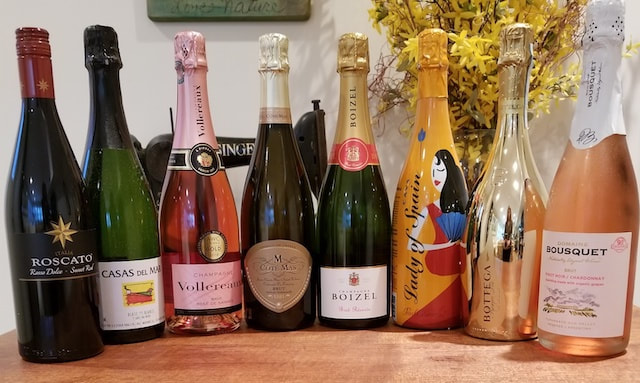
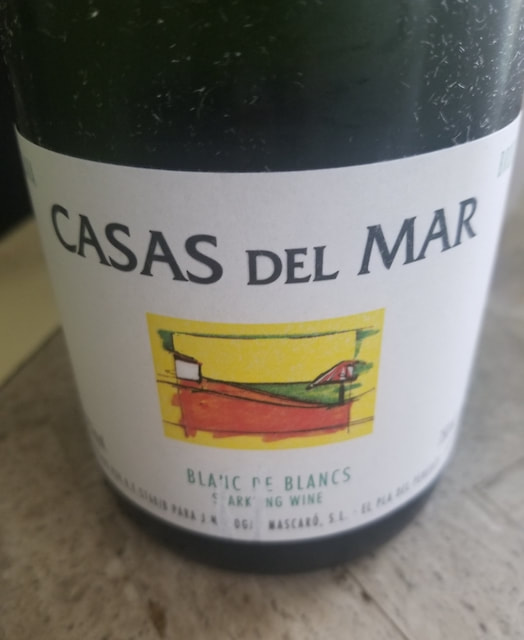
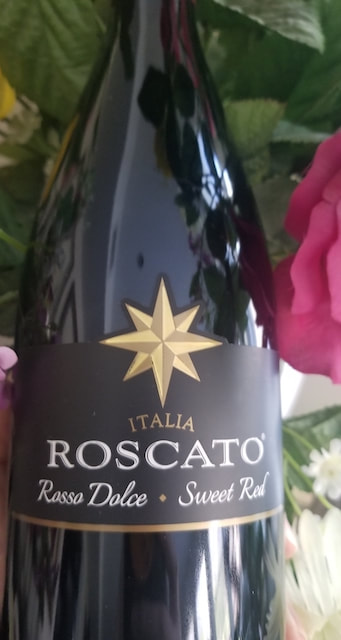
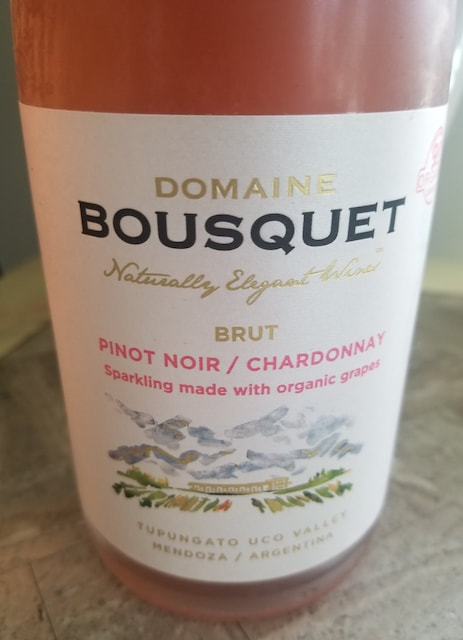
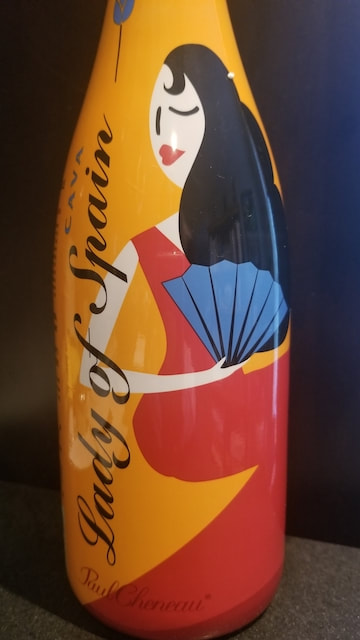
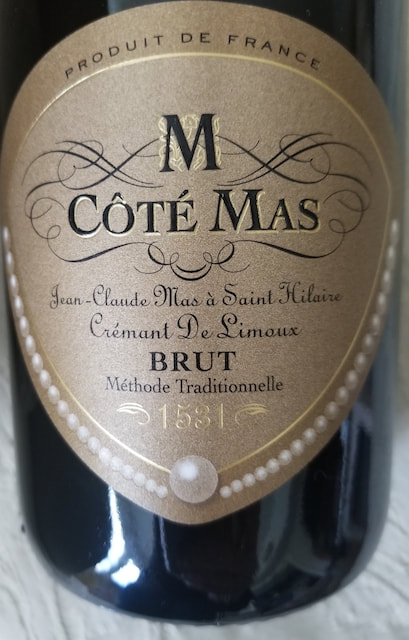
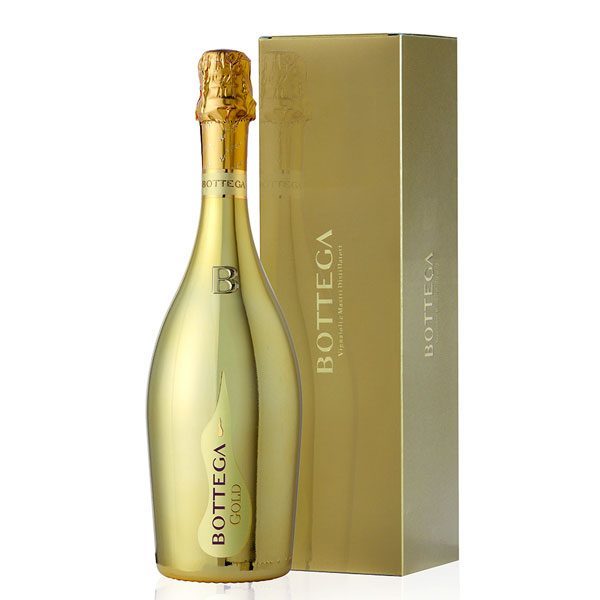
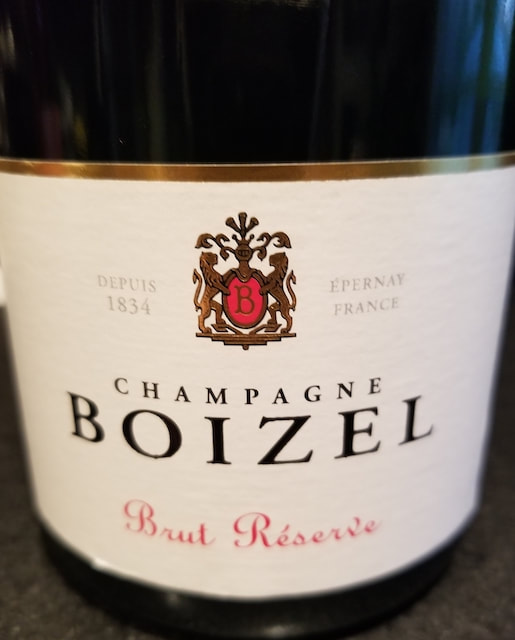
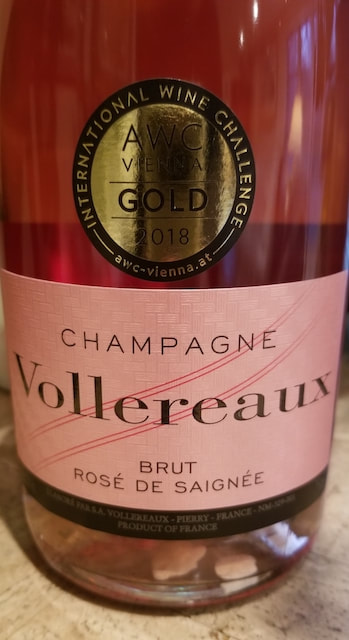
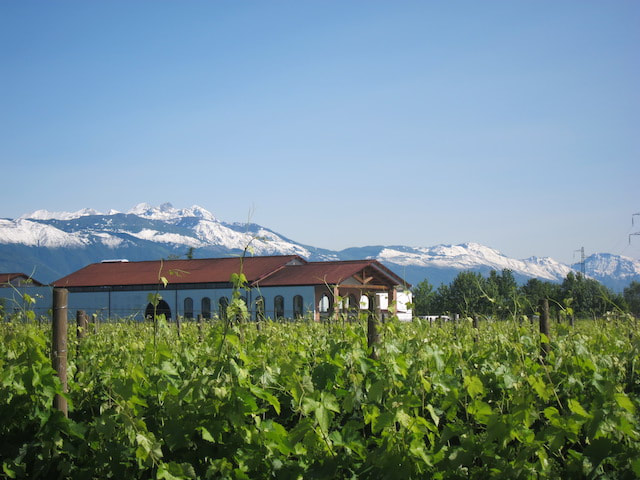
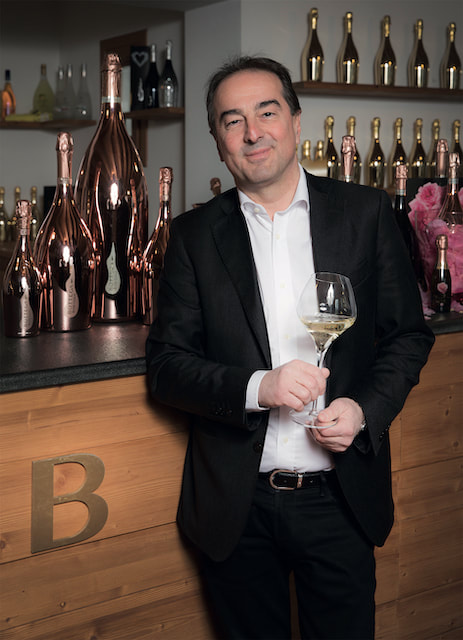
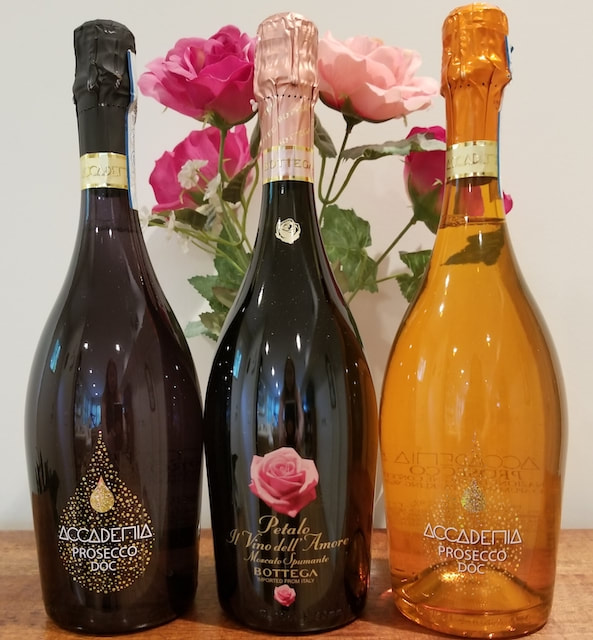
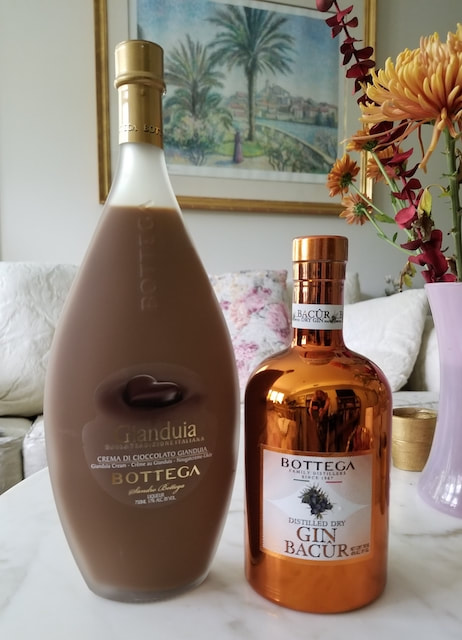
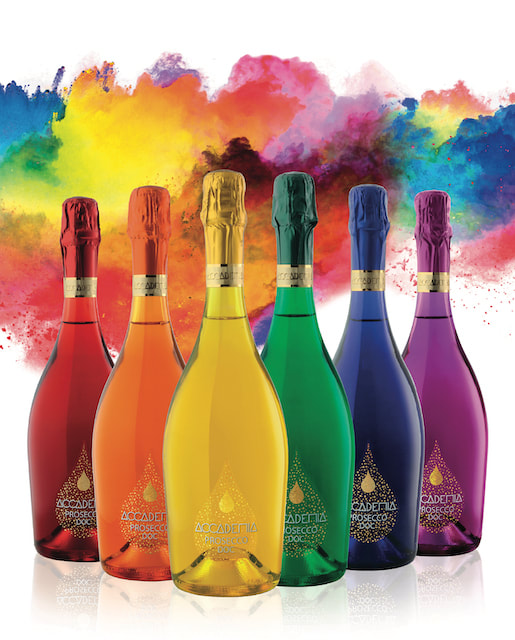
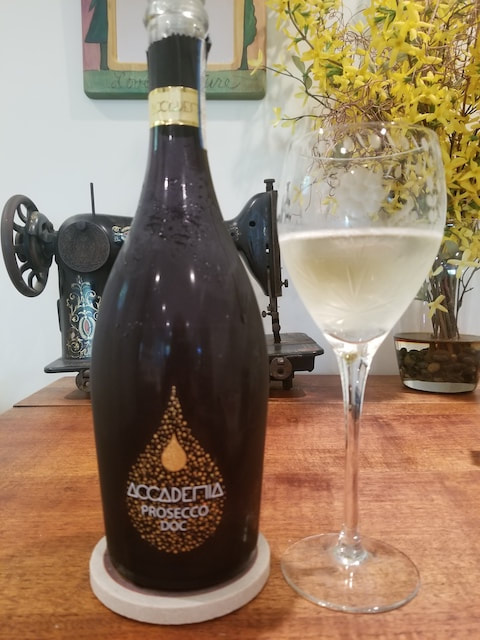
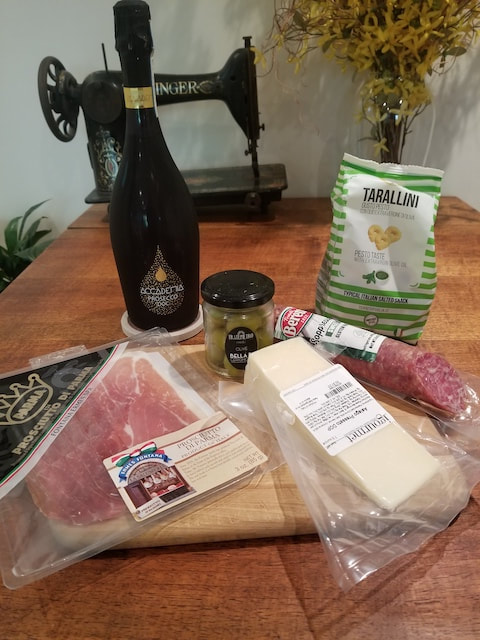
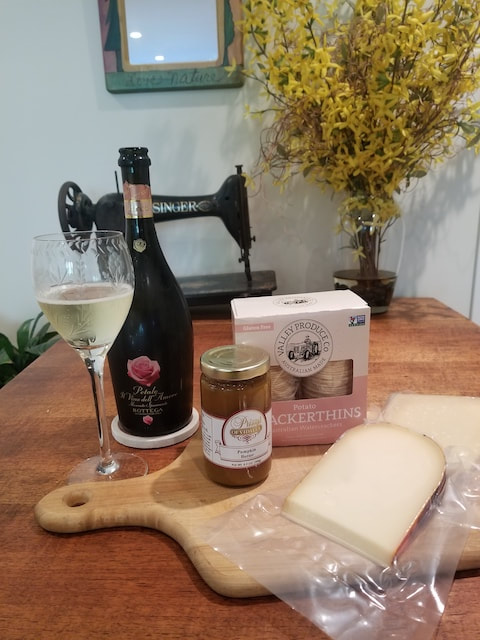
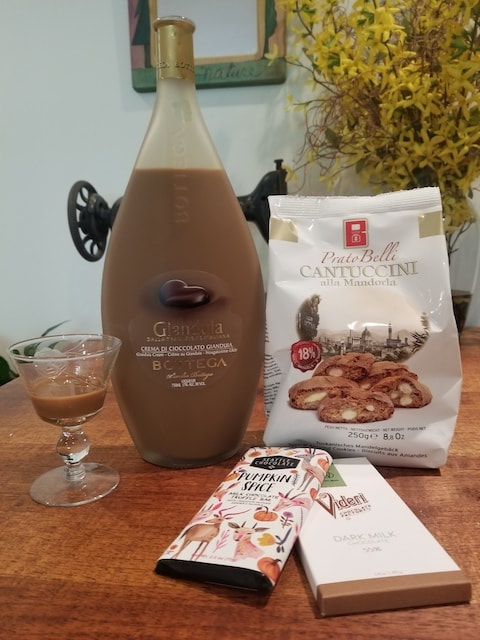
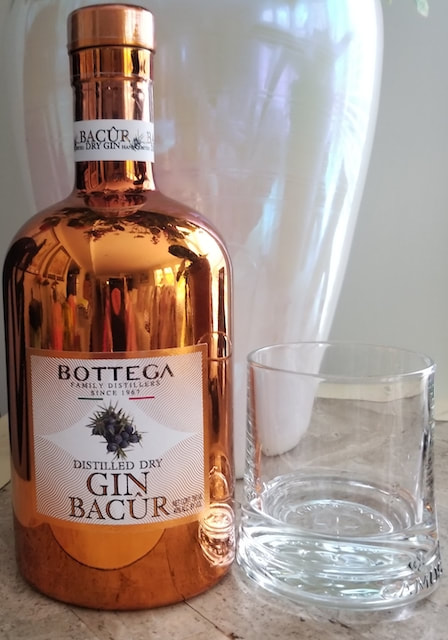
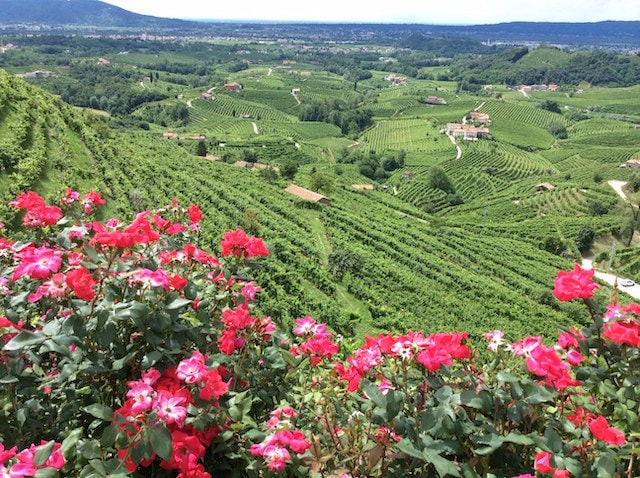
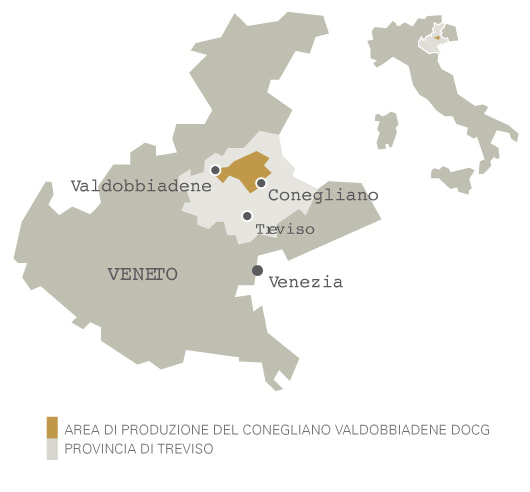
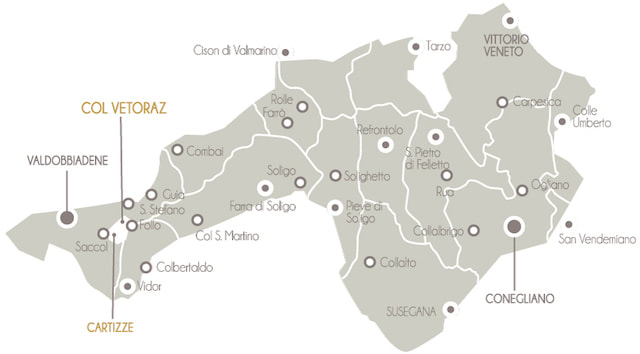
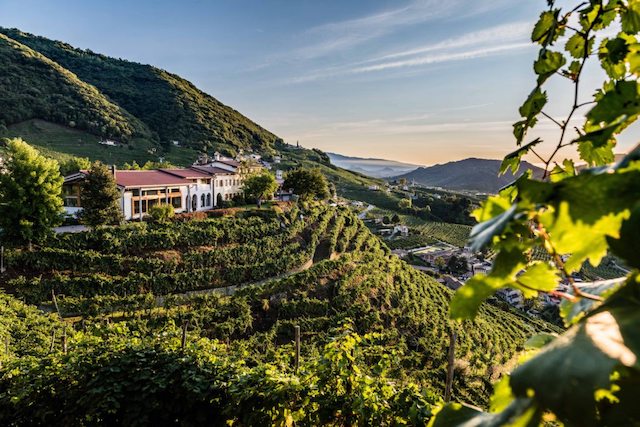
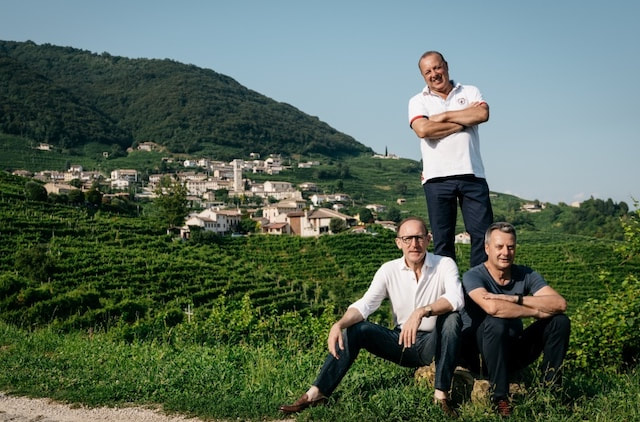
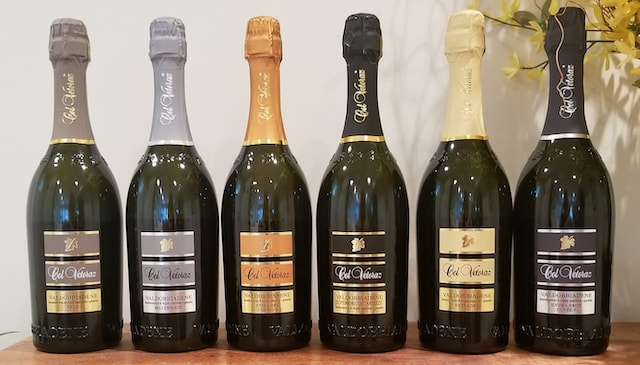
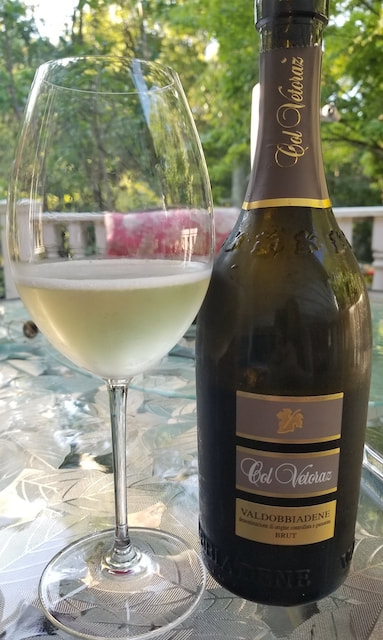
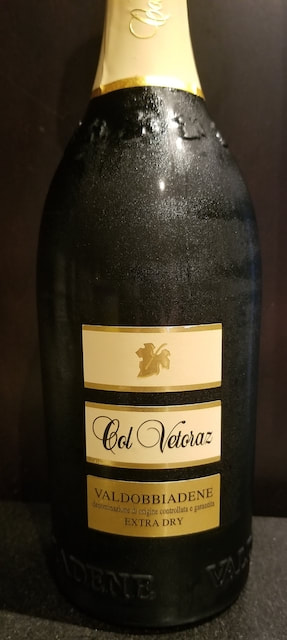
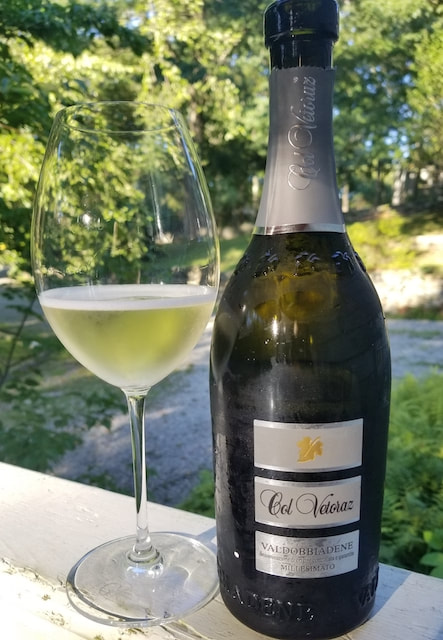
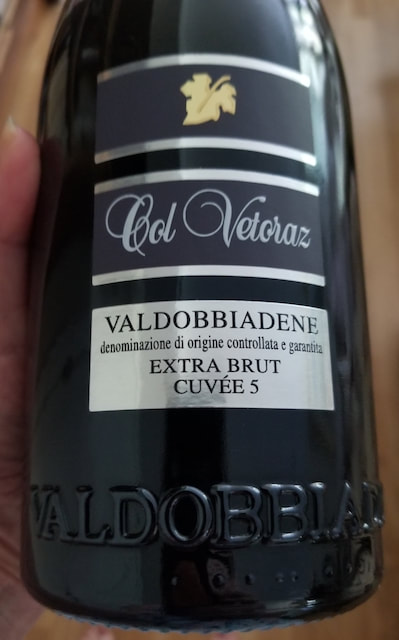
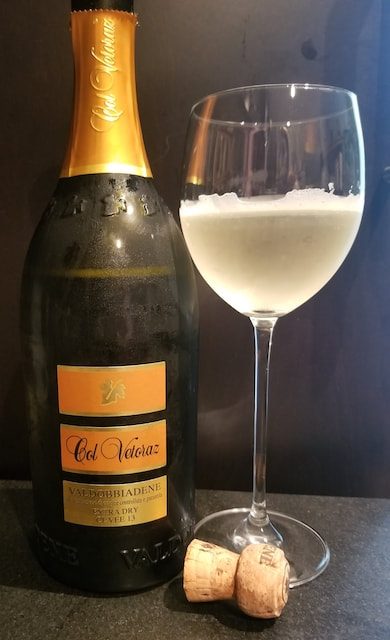
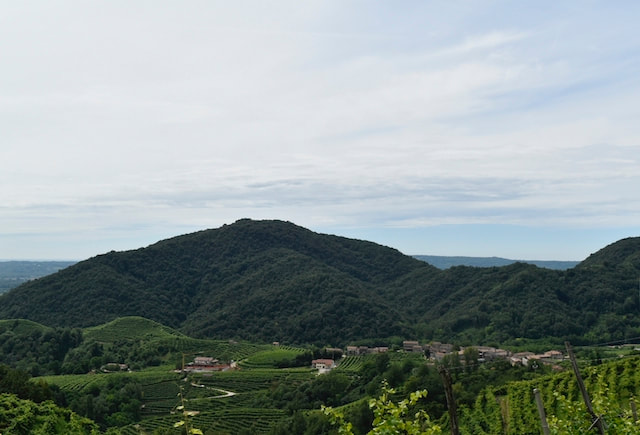
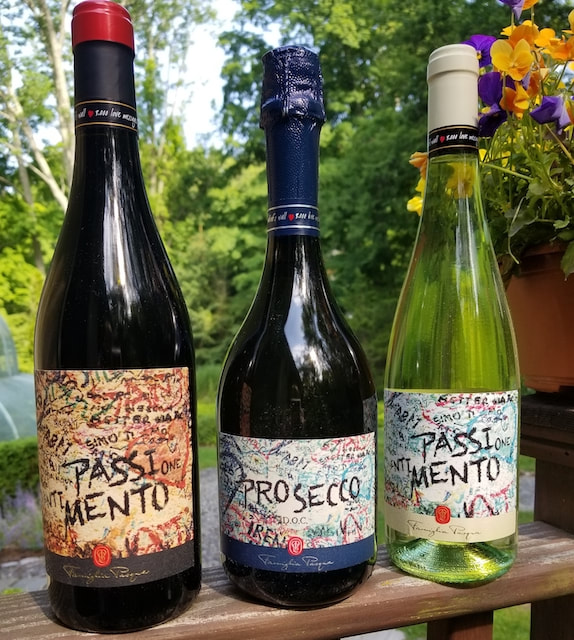
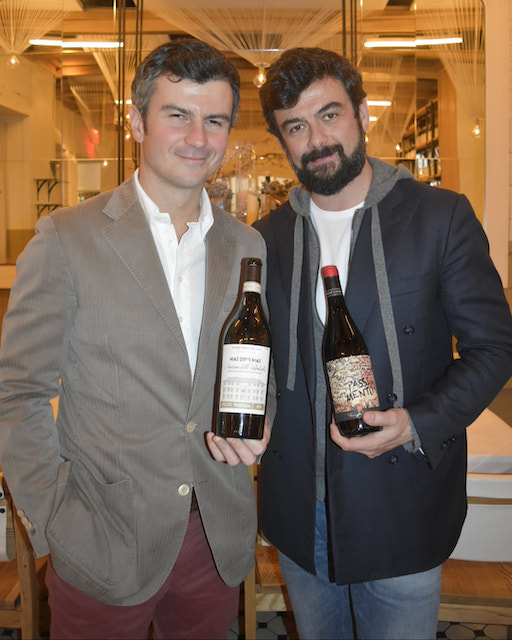
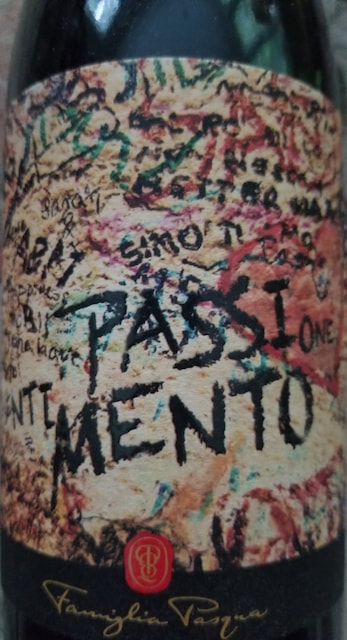
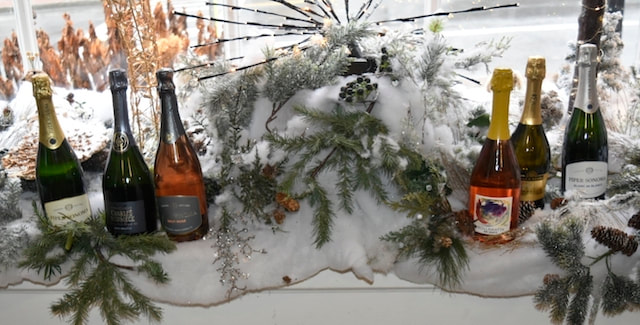
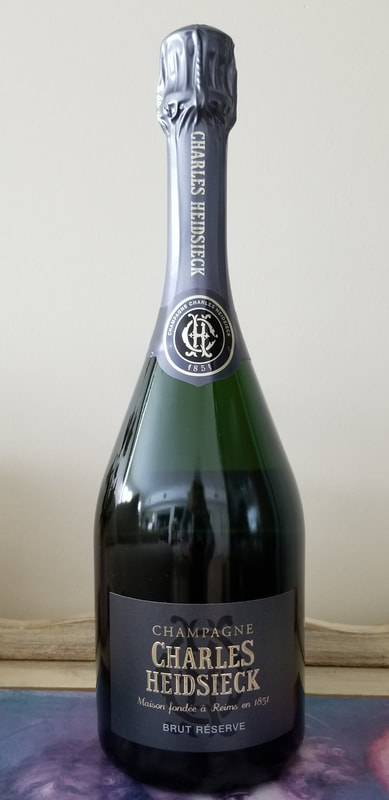
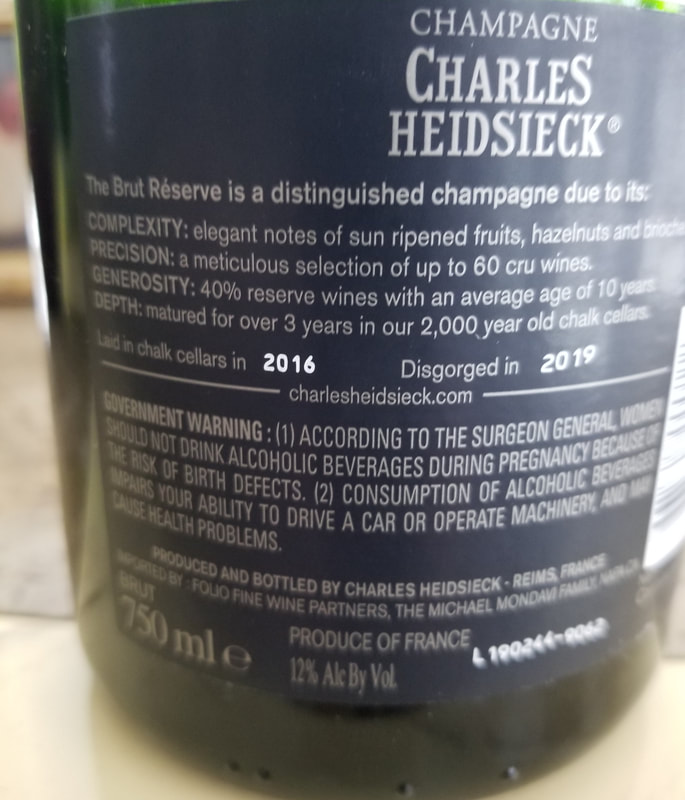
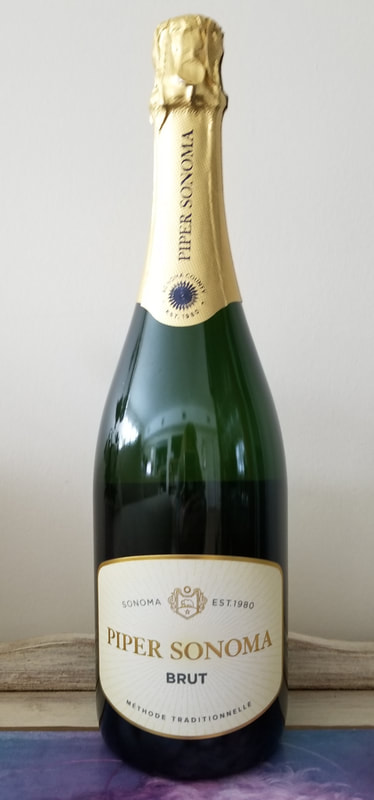
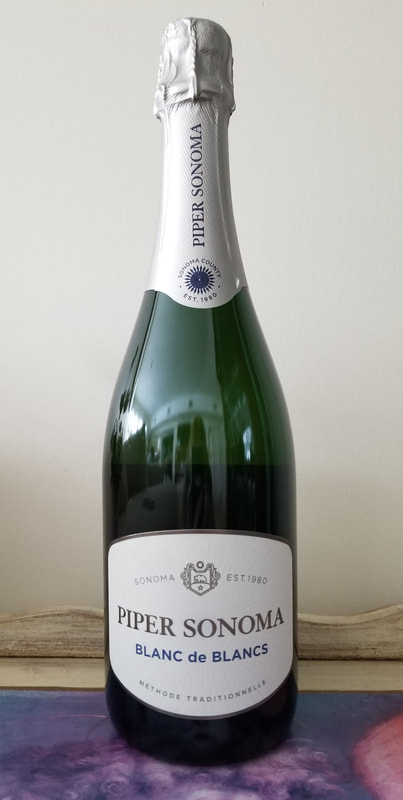
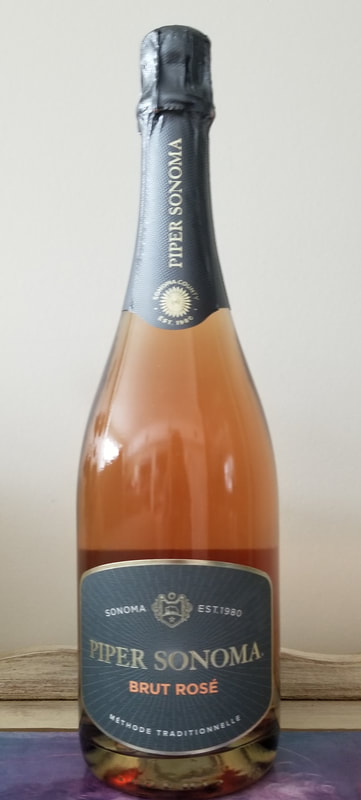
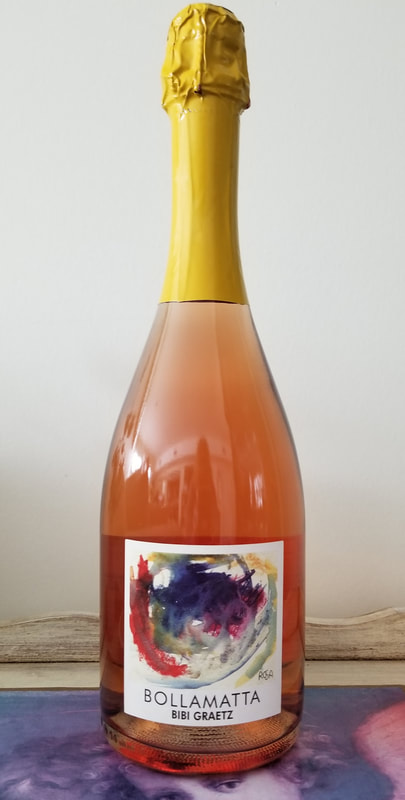
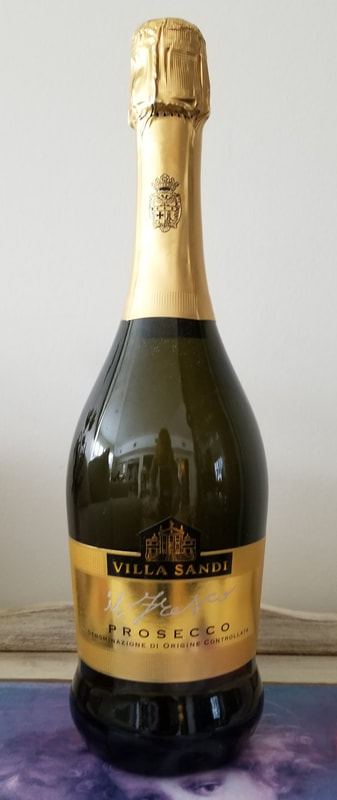
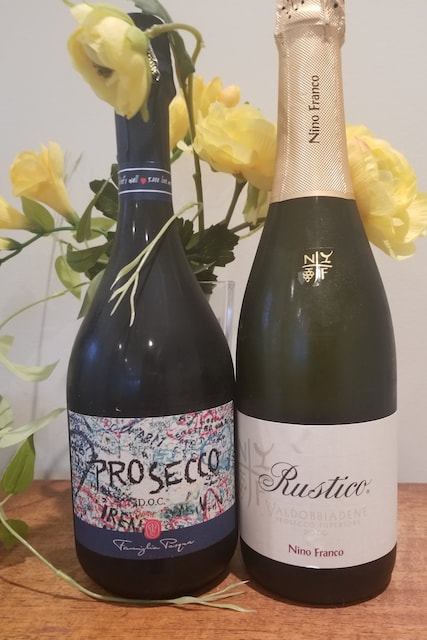
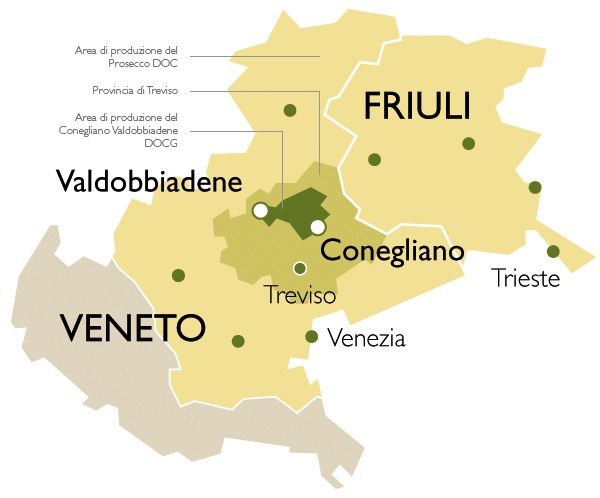
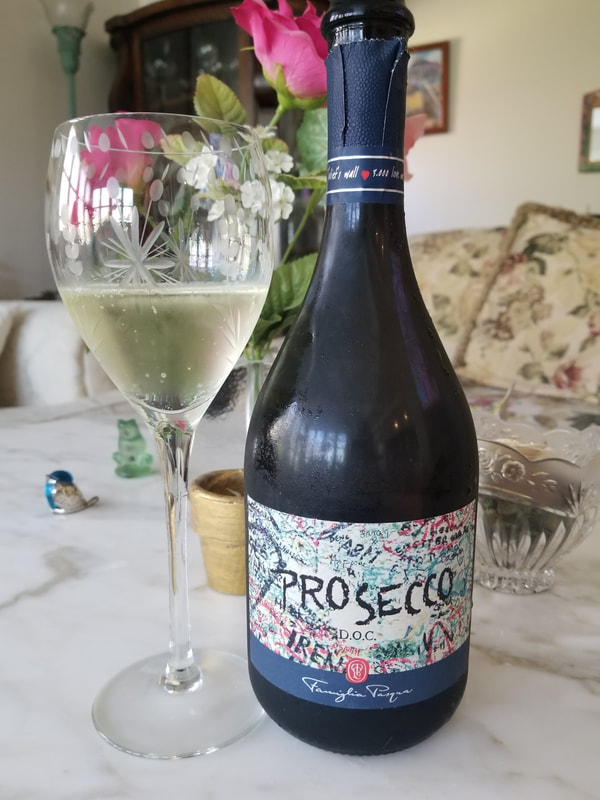
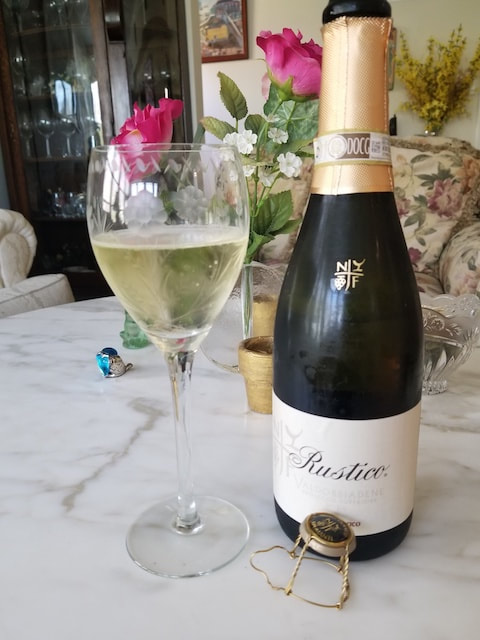
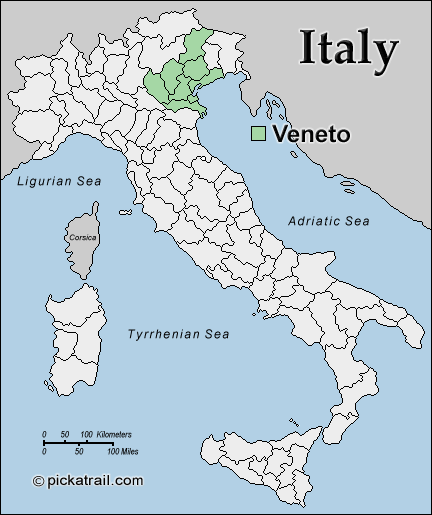
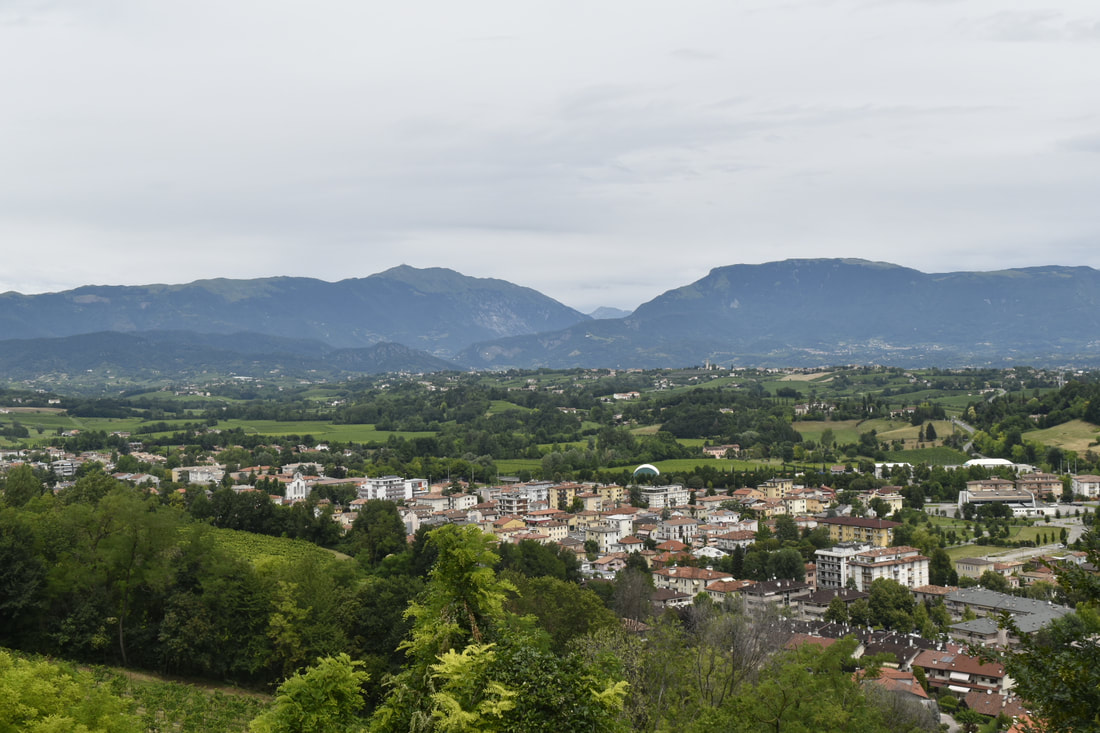
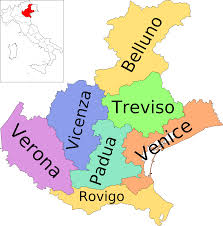
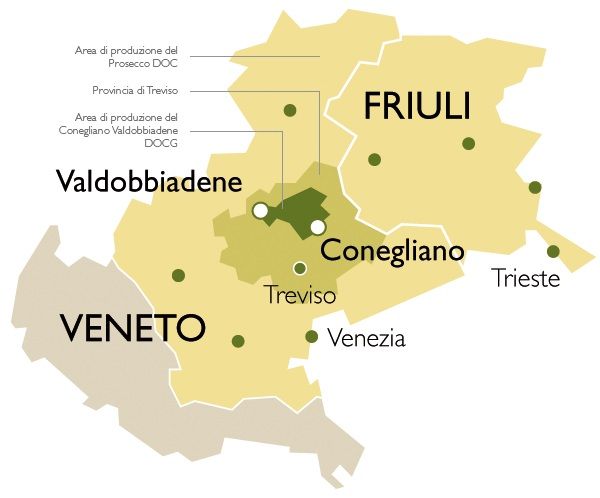
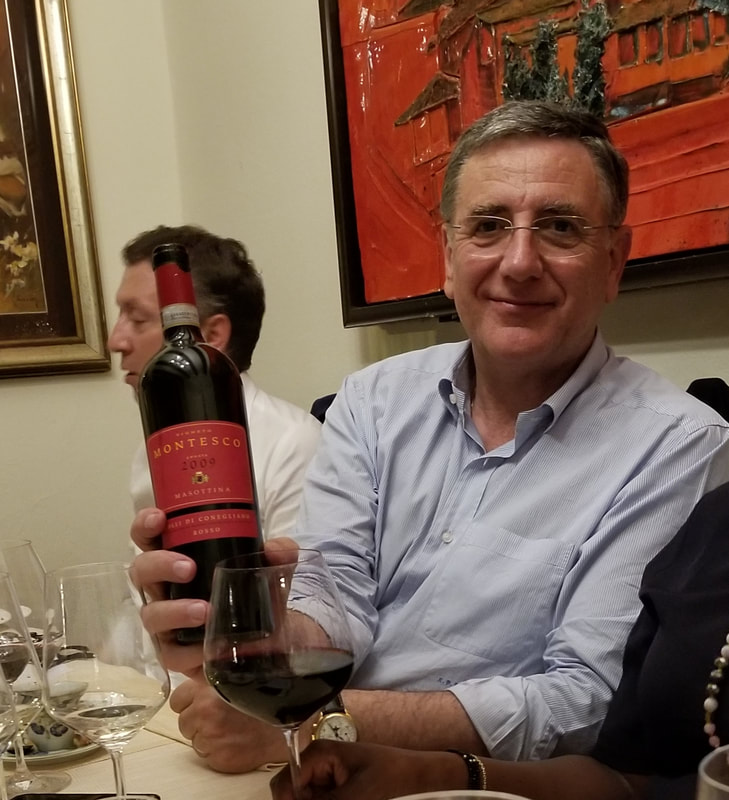
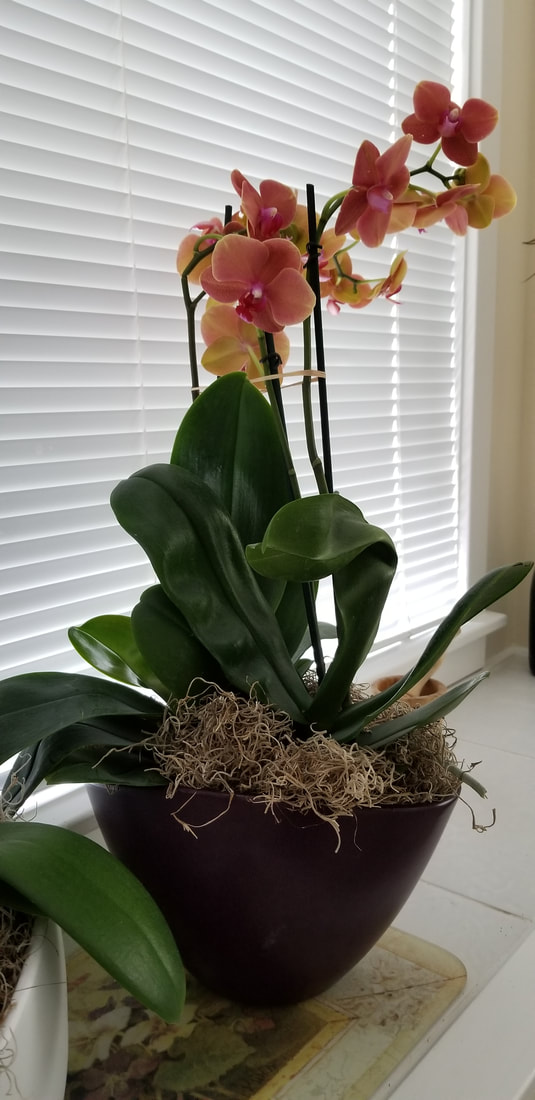
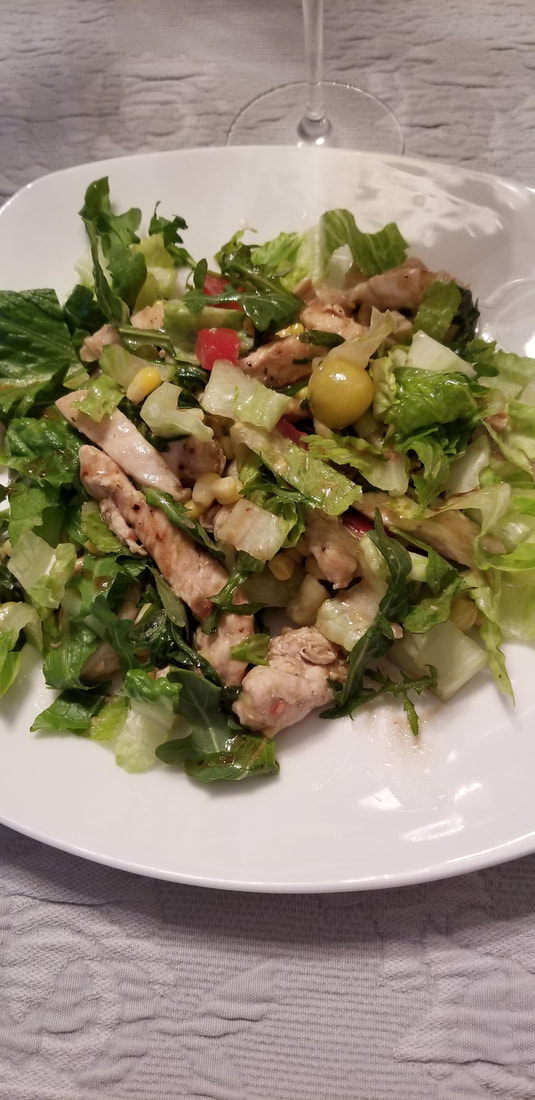
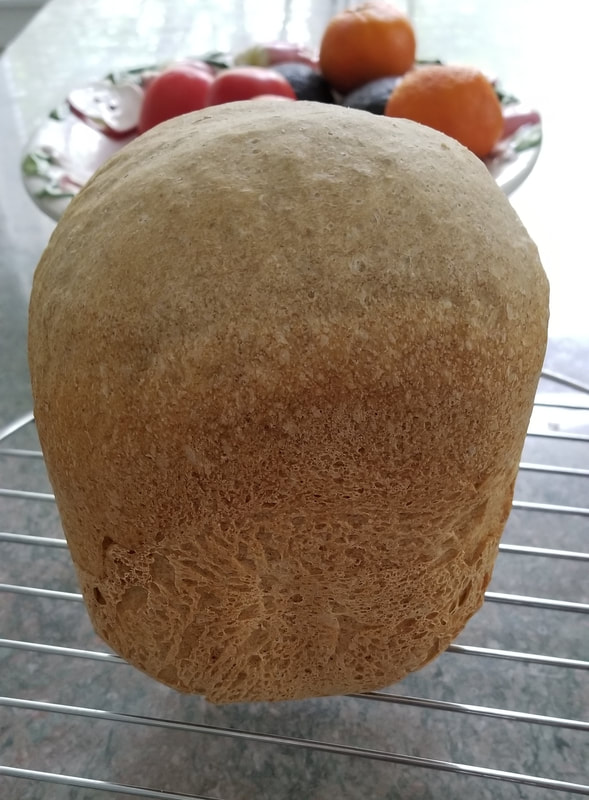
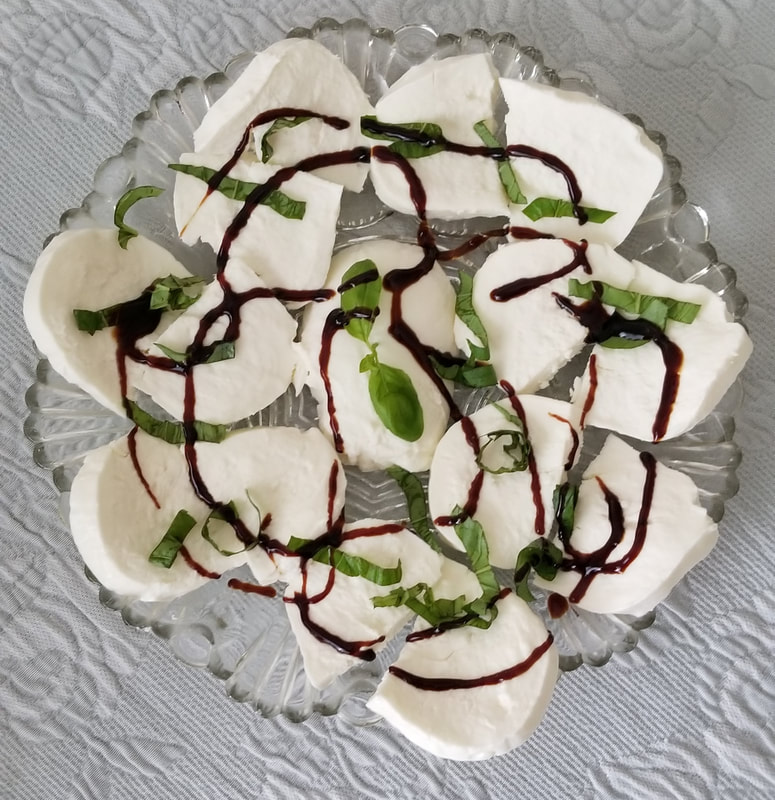
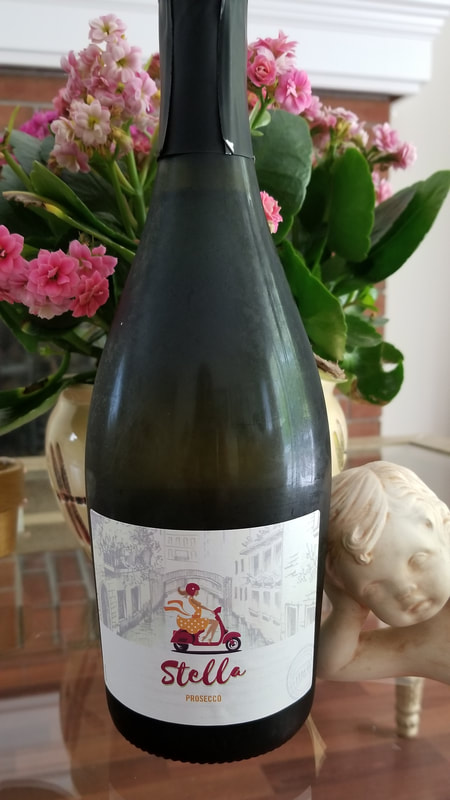
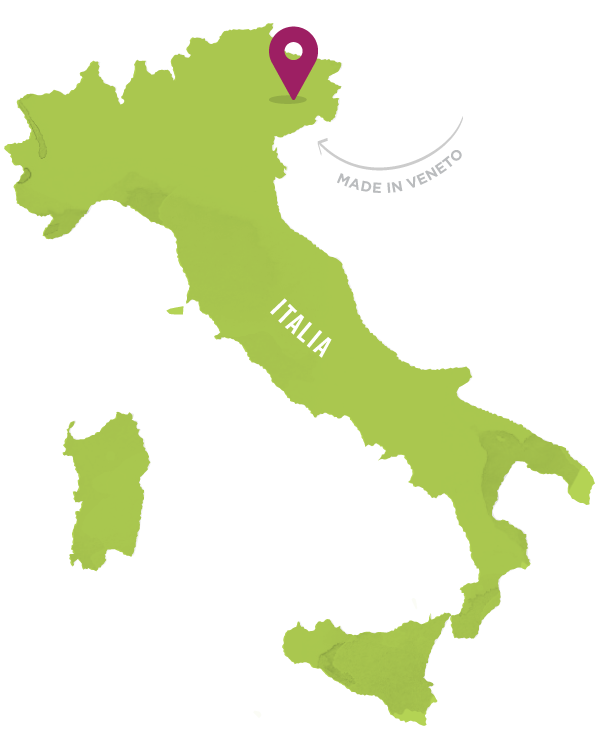
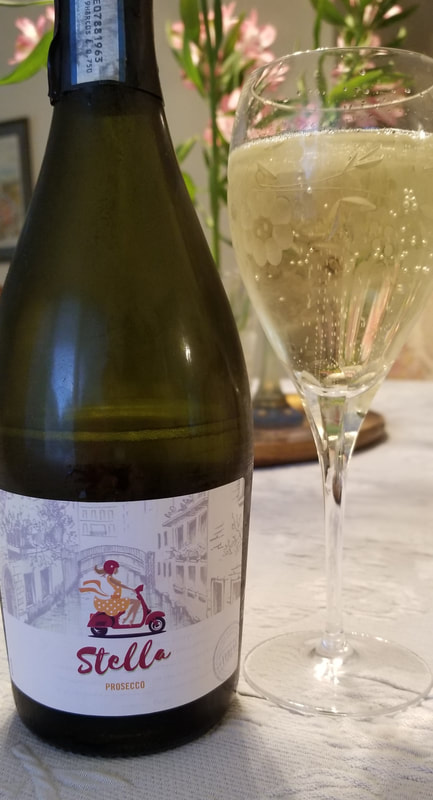
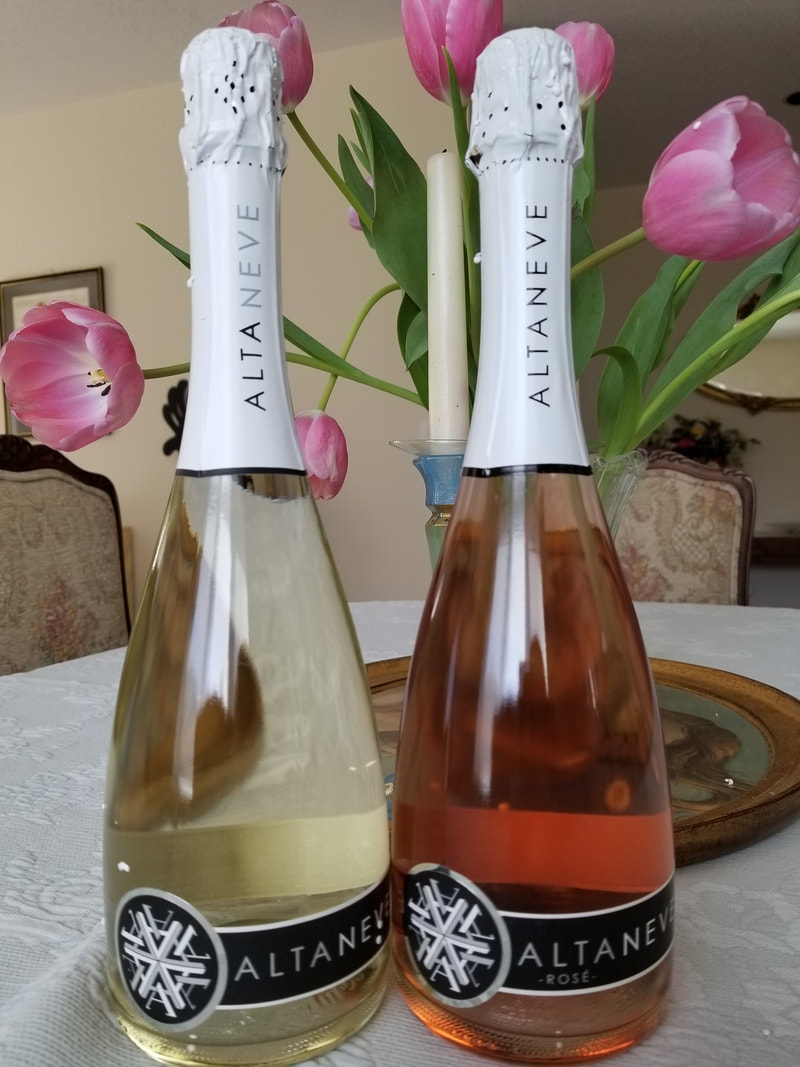
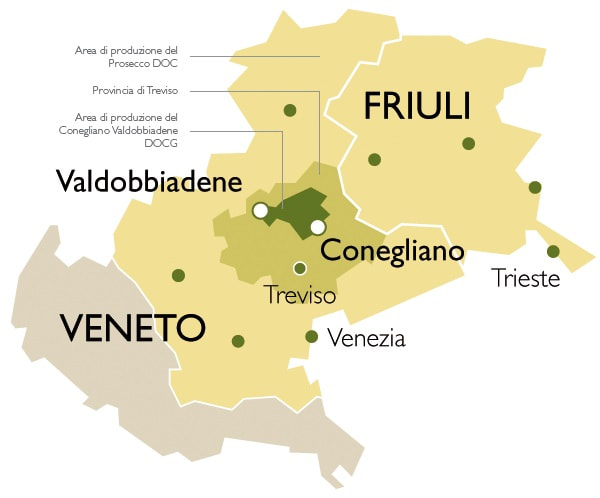
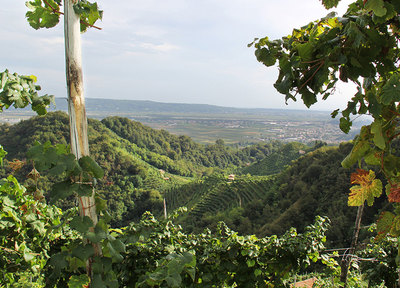

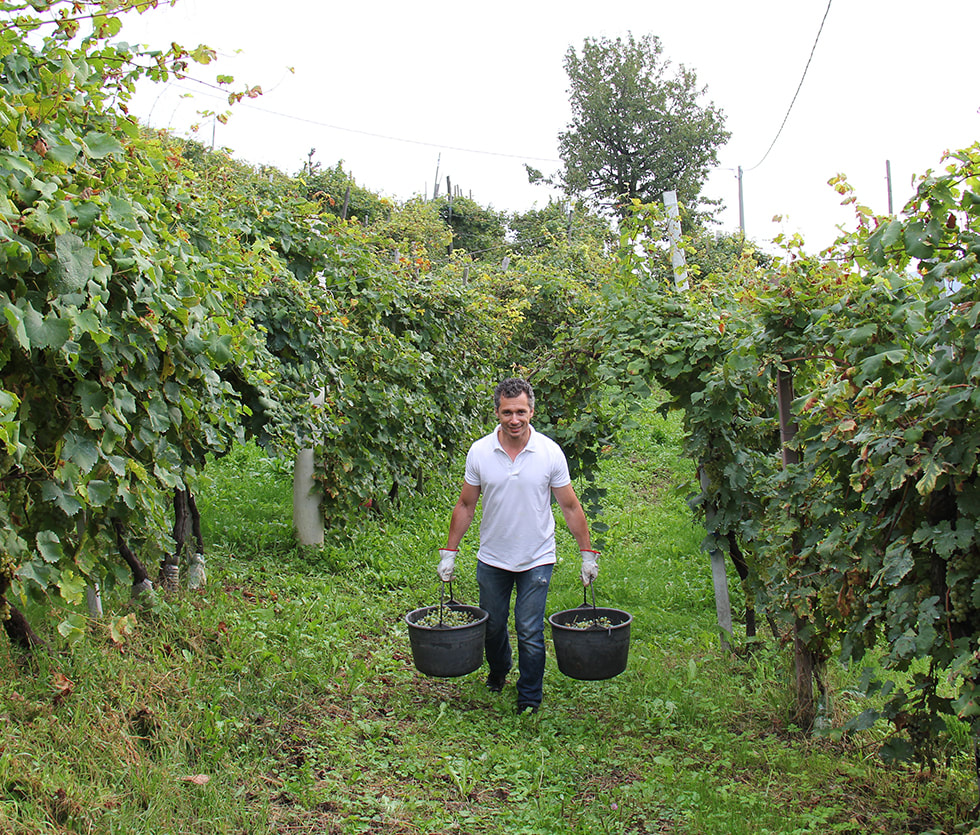
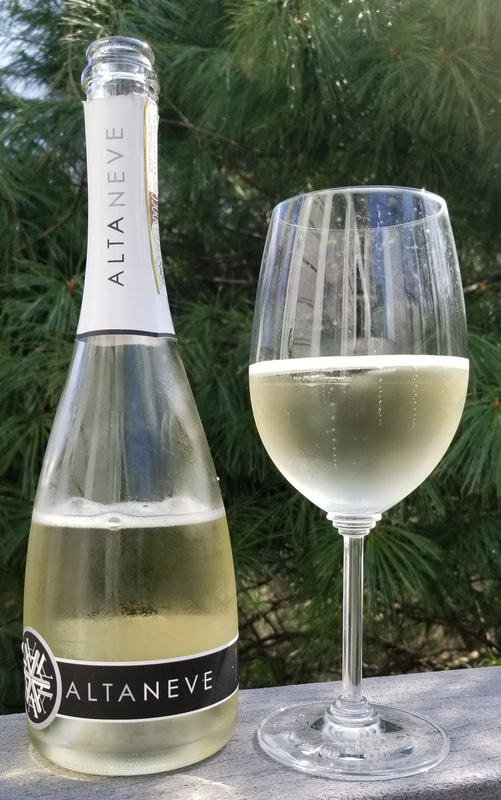
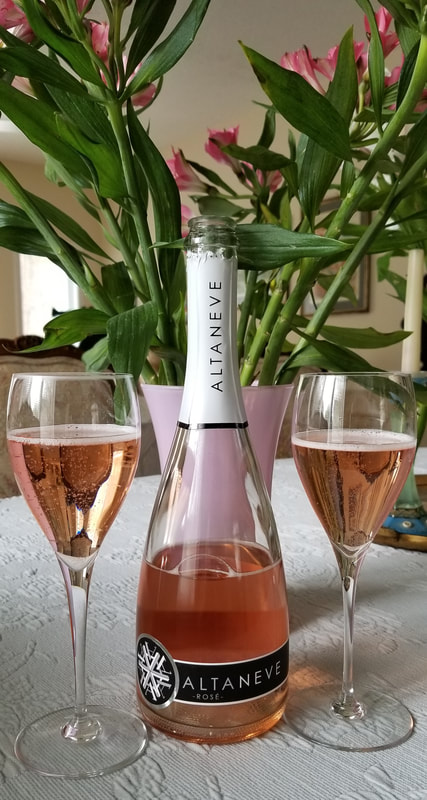
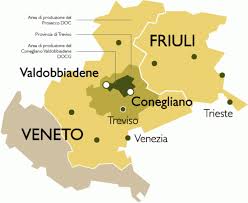
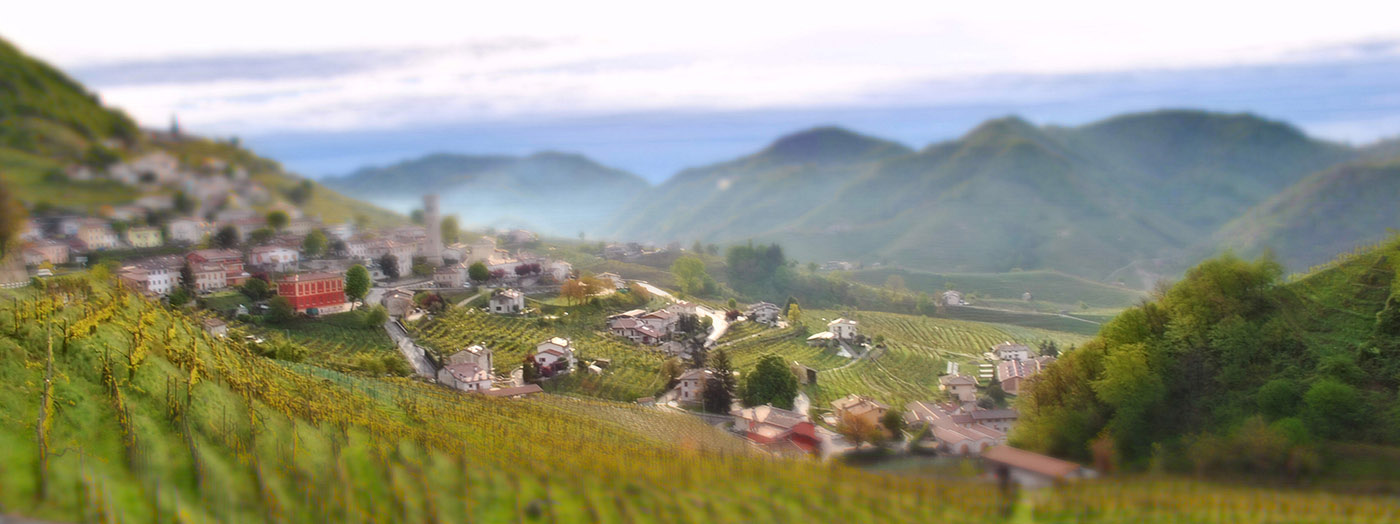
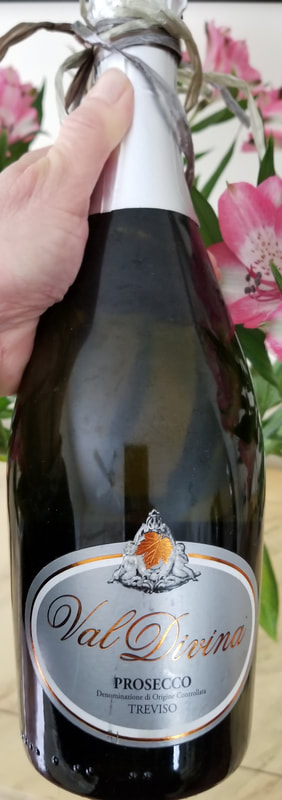
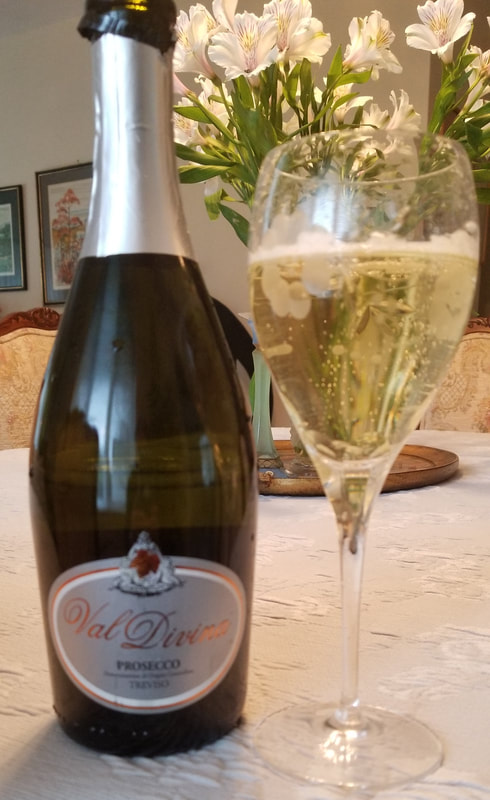
 RSS Feed
RSS Feed